HOW TO WINTERIZE A BOAT
Winterizing your boat is an easy but very important job. Prepping your boat for winter can be a somber experience, as it marks the end of the boating season. But it’s also a time to reflect on all the fun you had afloat on your boat during the warmer months of the year. When you pull that cover off come spring, you’ll surely be itching with anticipation to get back out on the water.
What’s the very best way to make sure your spring commissioning goes smoothly? Even if you already know the basics of how to winterize a boat, use these winterization tips to make sure your pride and joy enjoys a safe winter slumber.
1. Embrace the Dryness
Water is your boat's nemesis during the winter months. It can freeze and lead to costly damage. Your first task is to ensure your boat is impeccably dry from bow to stern. Elevate the bow slightly and remove the transom drain plug to allow any stray water to escape. By leaving no room for moisture, you're safeguarding your boat against potential winter-related harm.
2. Choose the Right Materials
For systems that require antifreeze circulation, such as washdowns and livewell pumps, opt for nontoxic antifreeze like propylene glycol. This choice prevents any inadvertent harm to your boat's systems, keeping them operational for the upcoming season.
3. Fuel Considerations
Fill your fuel tank to reduce the possibility of condensation forming within it. Condensation can contaminate the fuel with water, causing potential issues down the line. Additionally, add fuel stabilizer to the tank, maintaining the integrity of your fuel during its winter rest.
4. Seal the Deal
Ensuring water stays out is paramount. Professionally shrink-wrapping your boat offers superior protection compared to traditional tarps. By creating a tight seal, you're keeping harsh winter elements at bay, safeguarding your boat's surfaces and interior.
5. Ventilation is Key
Proper ventilation is essential for preventing condensation buildup and the growth of mold or mildew. When sealing your boat for the winter, make sure that your shrink wrap or covers include ventilation options. Additionally, leave compartments and lockers open to promote air circulation.
6. Outboard Care
If you have an outboard motor, store it with the engine tilted down. This position allows complete drainage and minimizes the risk of any trapped water causing damage. If your boat will remain inactive for an extended period, follow the manufacturer's instructions to properly winterize the engines.
7. Regular Check-Ins
Don't let your boat disappear from your radar entirely during the winter months. Periodically check on it to ensure everything is as it should be. A minor issue left unchecked, such as a tear in the cover or damage from snow, can escalate into a major problem. Early detection means prompt resolution.
8. Customization Matters
Remember, your boat's specific model, storage conditions, and local climate might call for additional winterization steps. Consult your boat's manual, reach out to fellow boaters, or consider seeking professional advice from your local dealer to tailor your approach accordingly.
9. Professional Touch
Enlisting the help of a trained technician offers numerous benefits. Not only will you save time and effort, but professionals can also handle seasonal maintenance tasks, ensuring your boat is in prime condition for the upcoming season. It's a proactive investment in your boat's longevity and performance.
As the winter chill sets in, following these comprehensive winterization steps will guarantee your boat's safe and secure slumber. By taking the time to protect your vessel now, you're setting the stage for a successful and enjoyable boating season ahead.
Read more tips on winterizing a boat

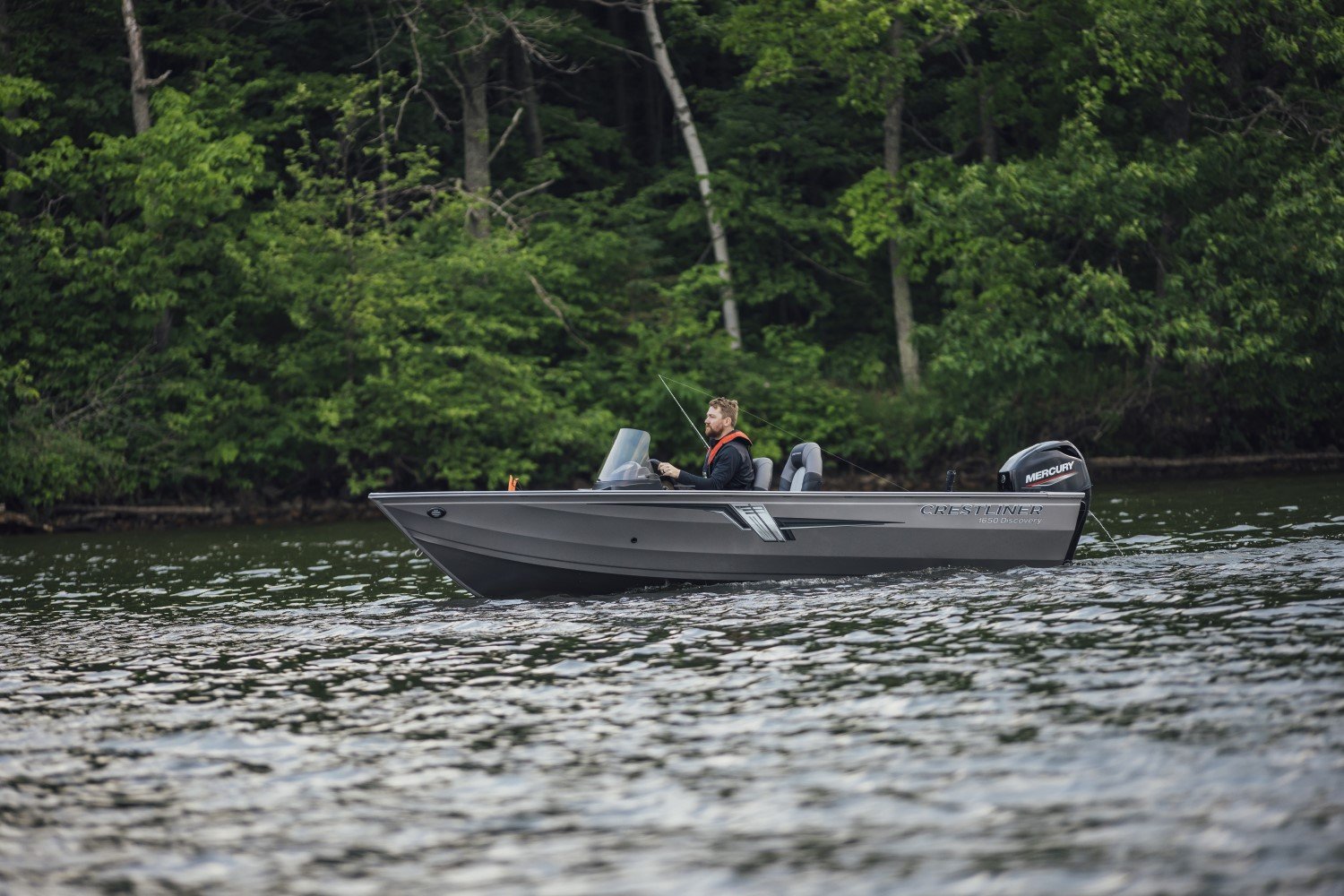
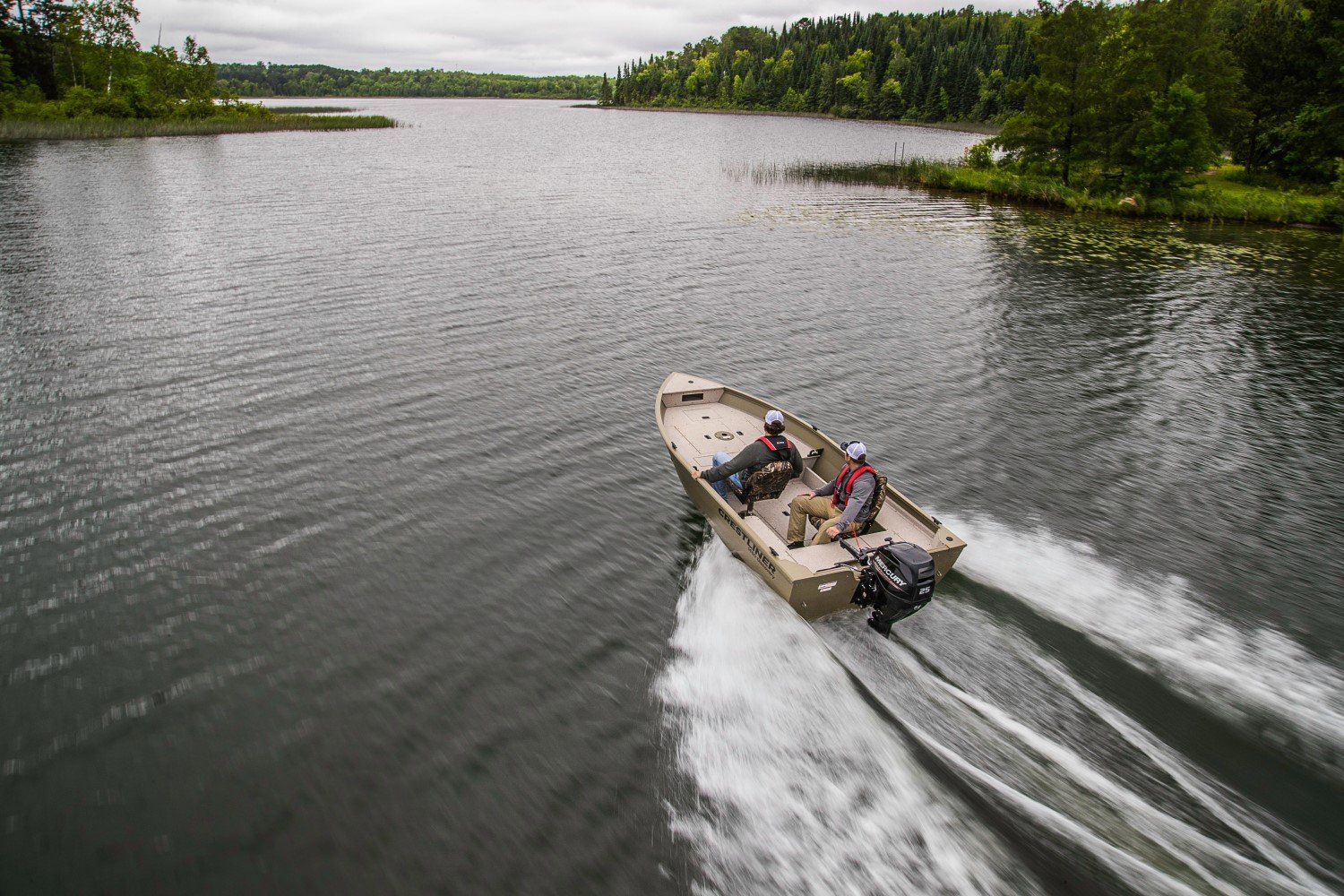
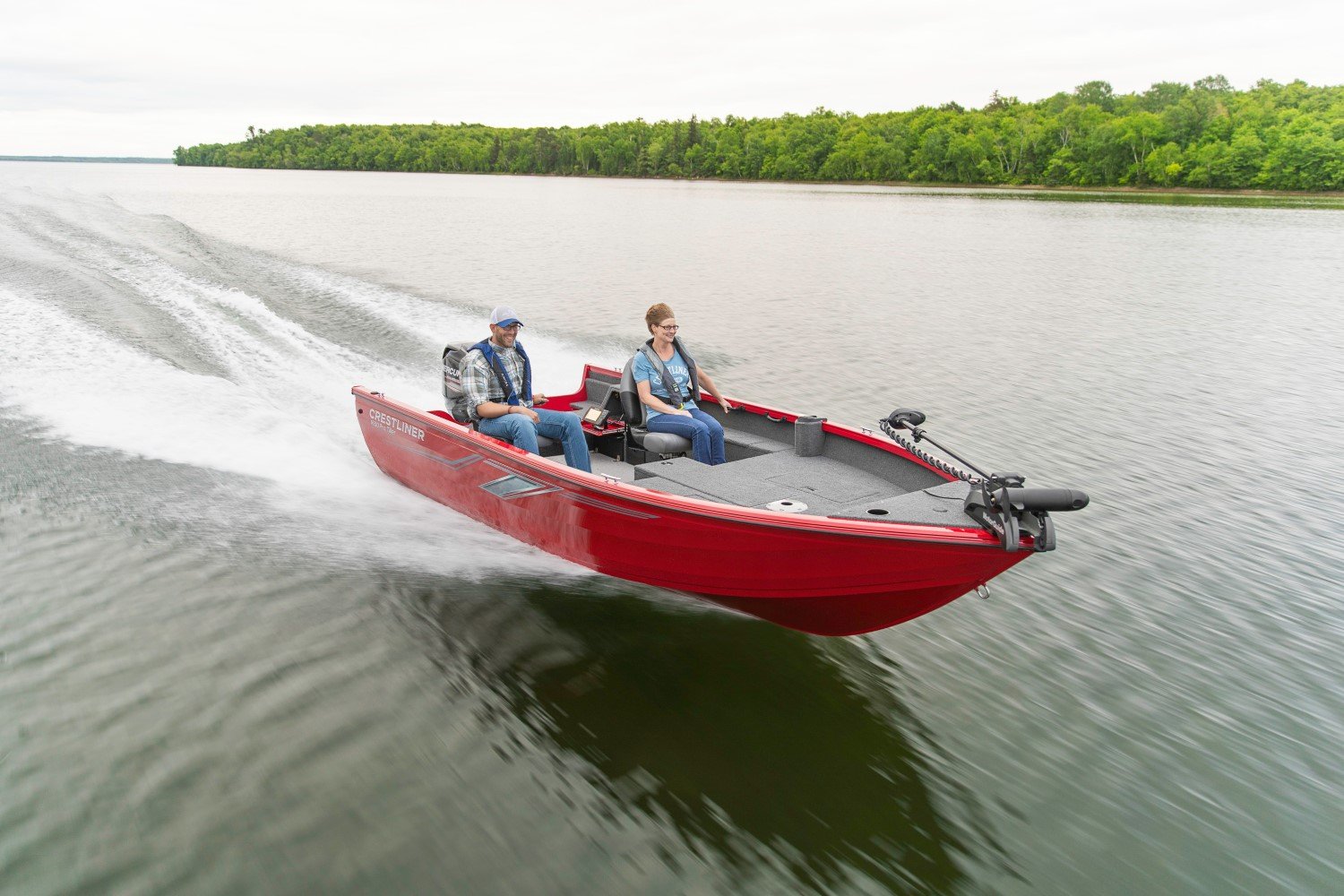
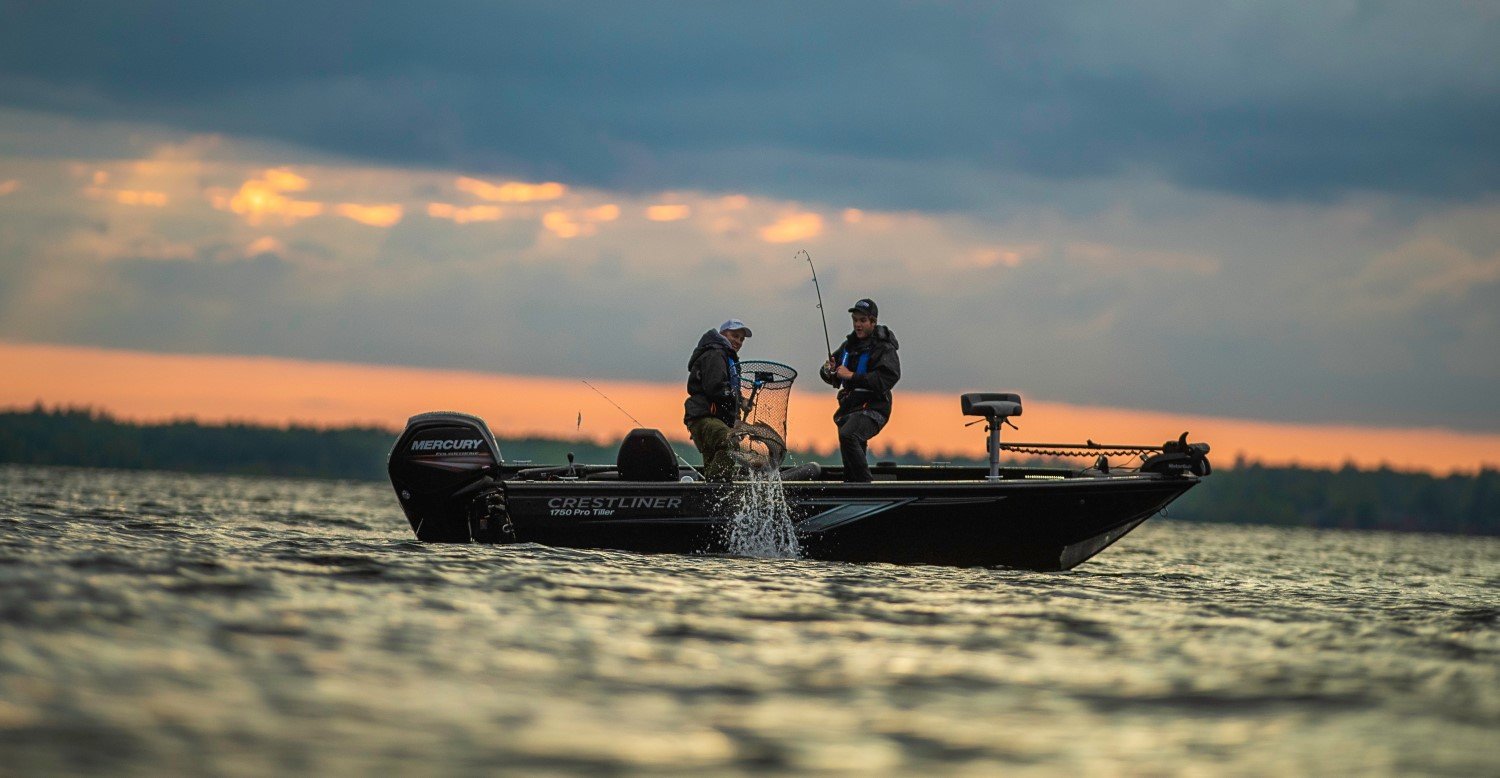
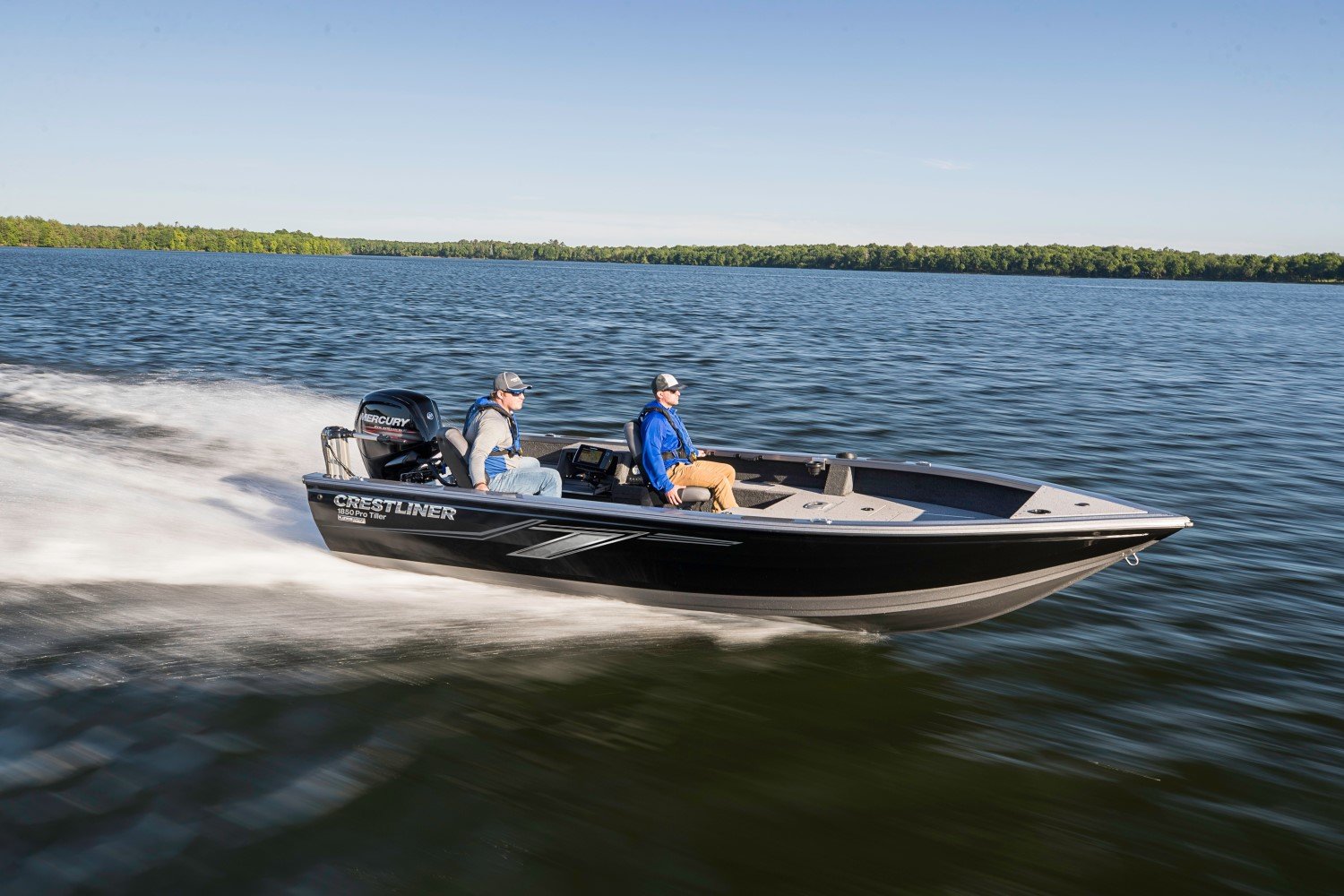
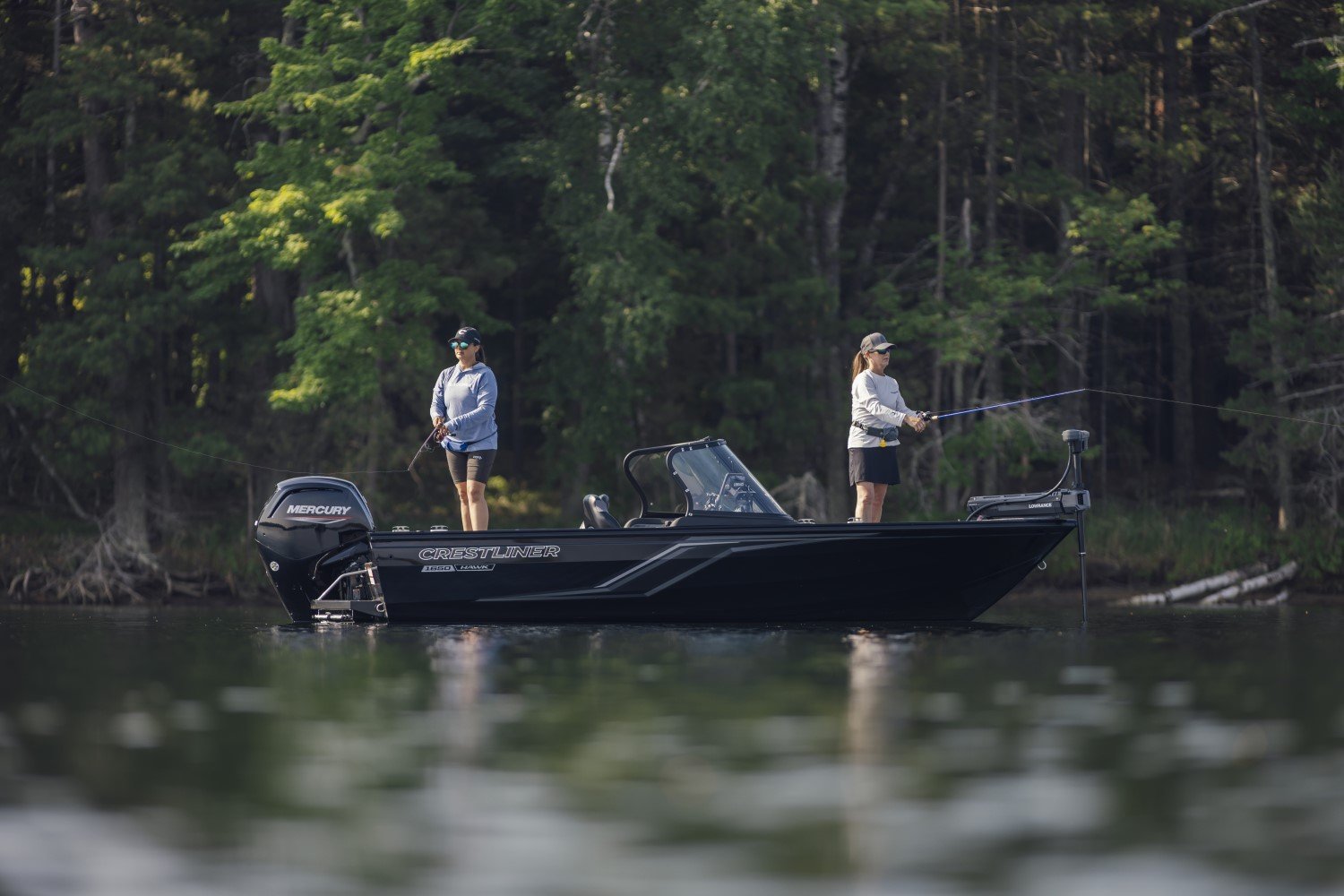
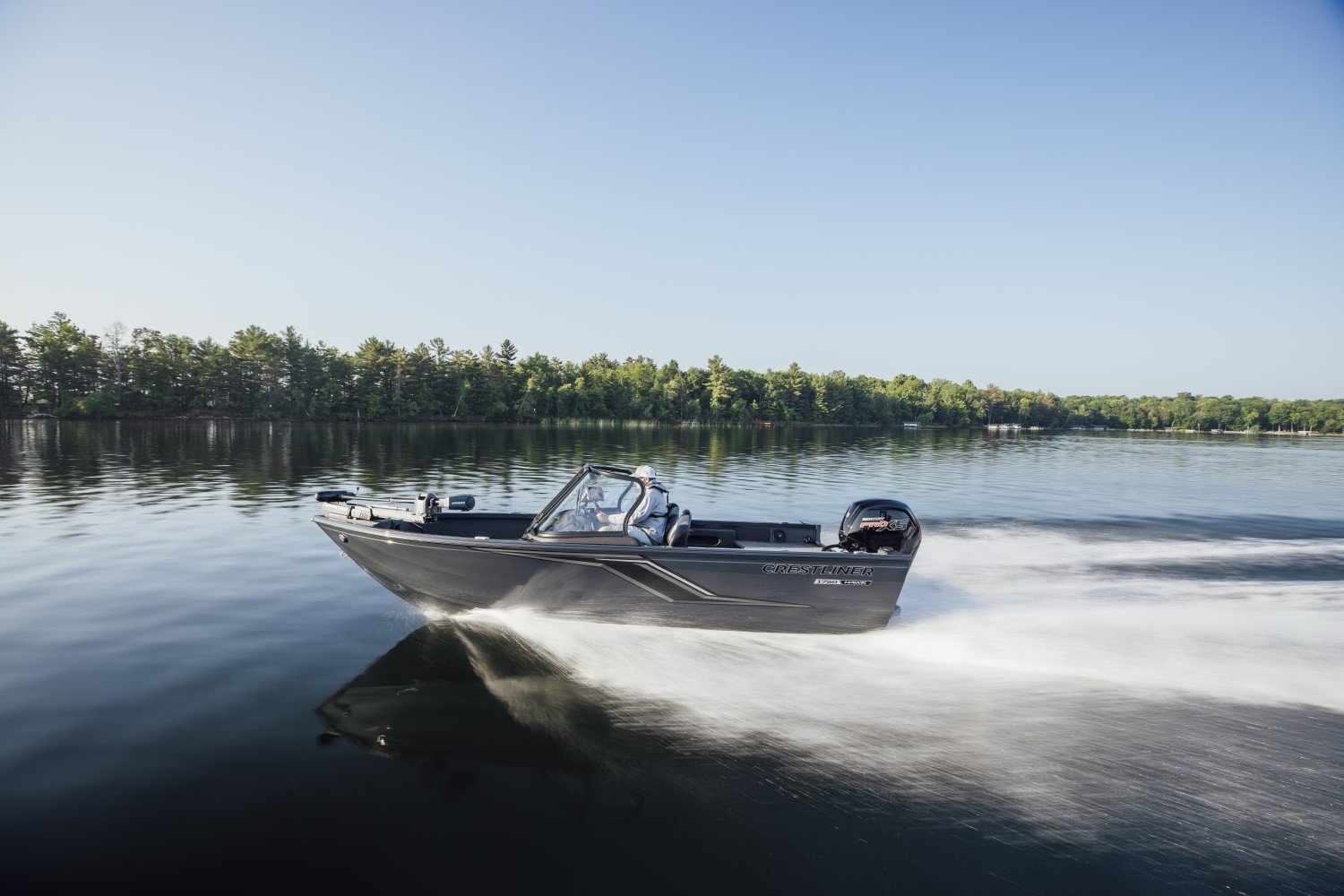
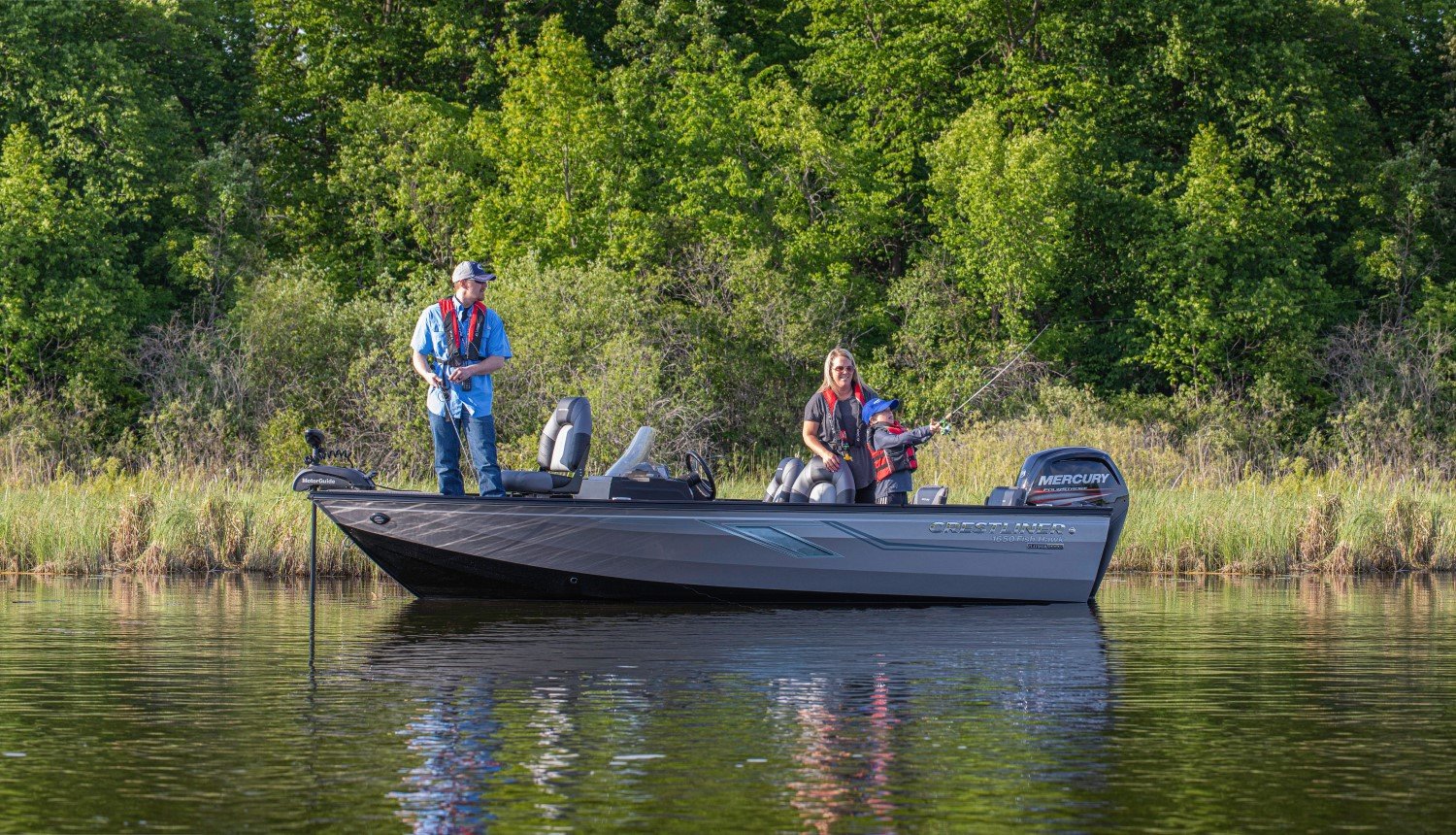
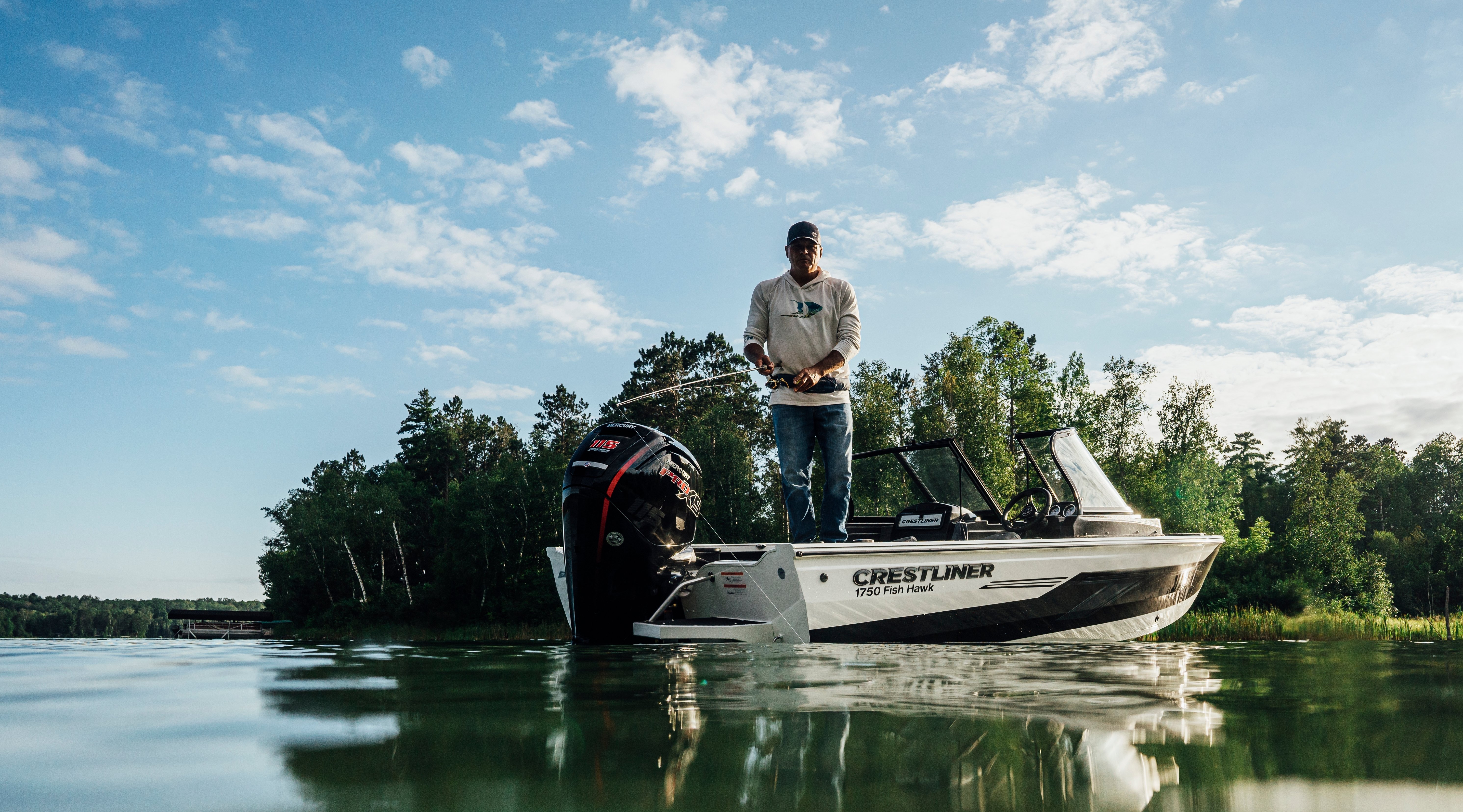
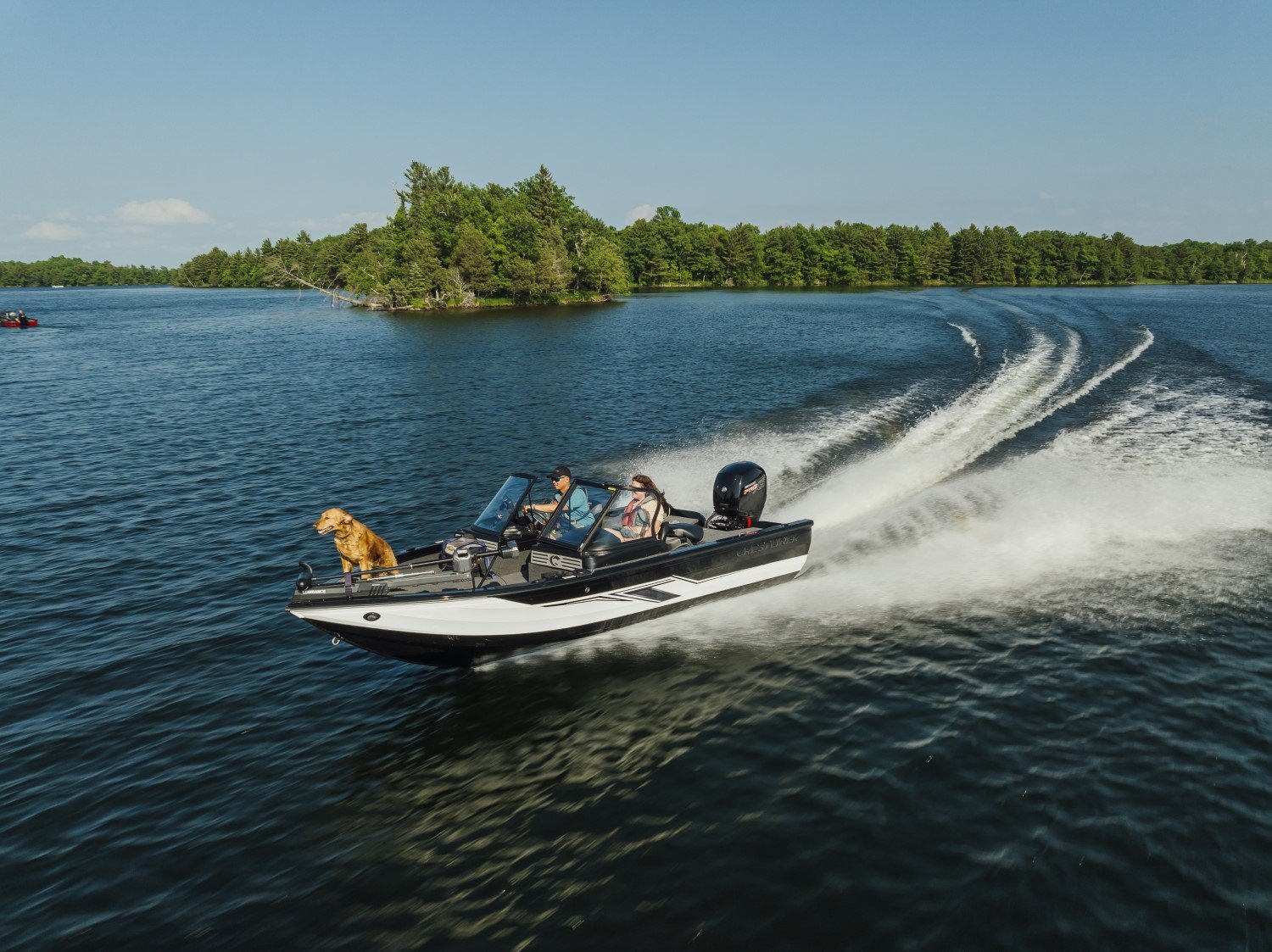
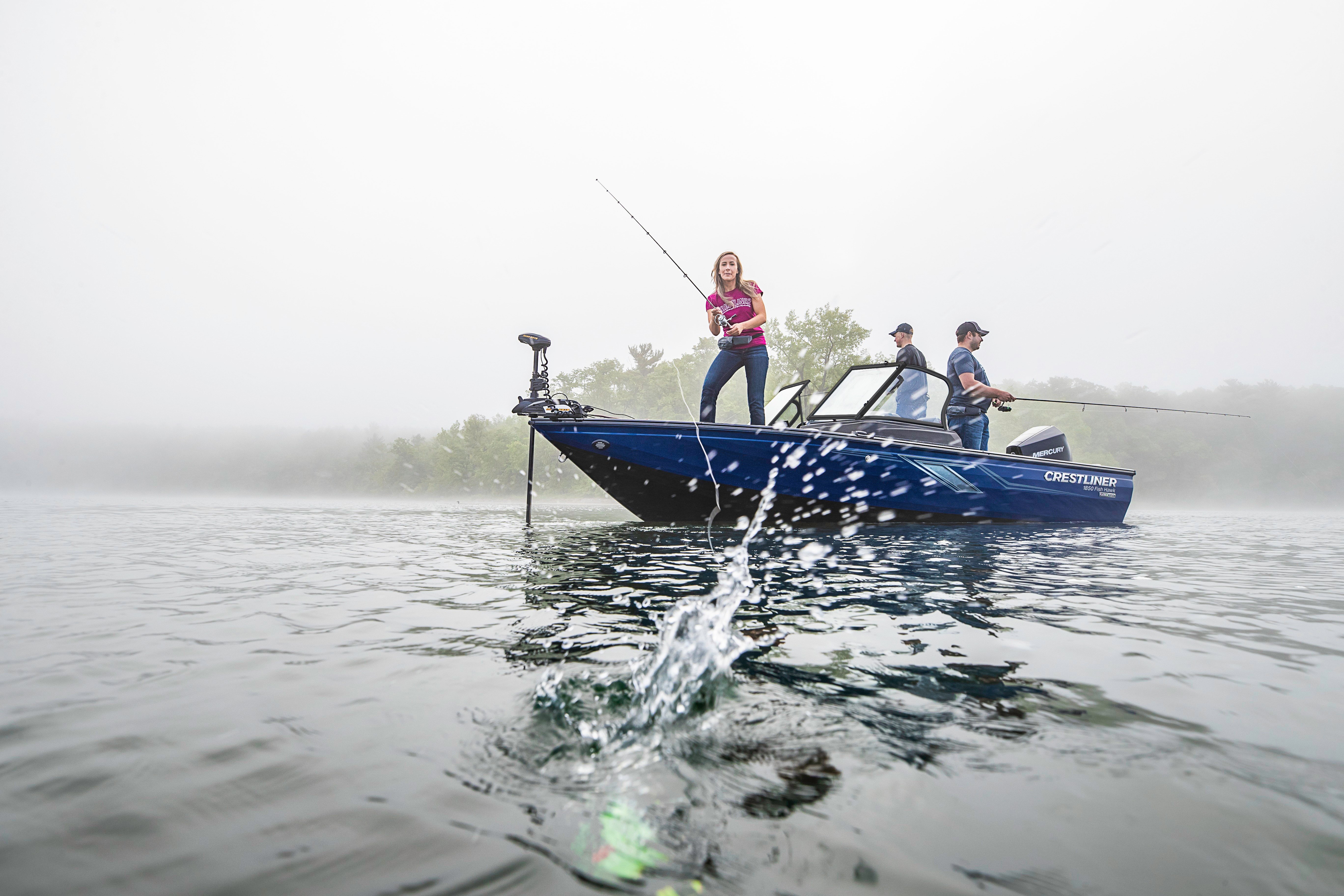
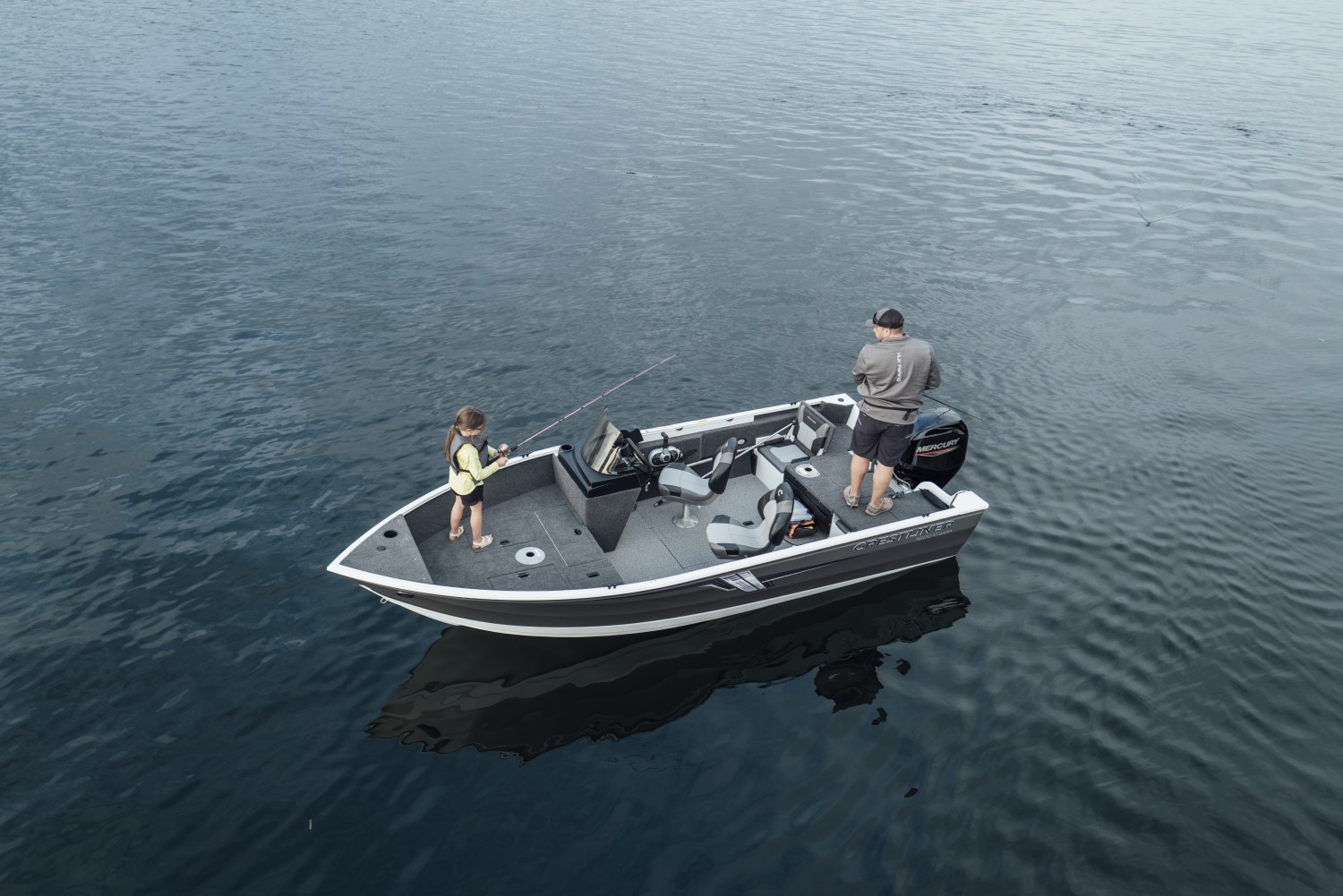
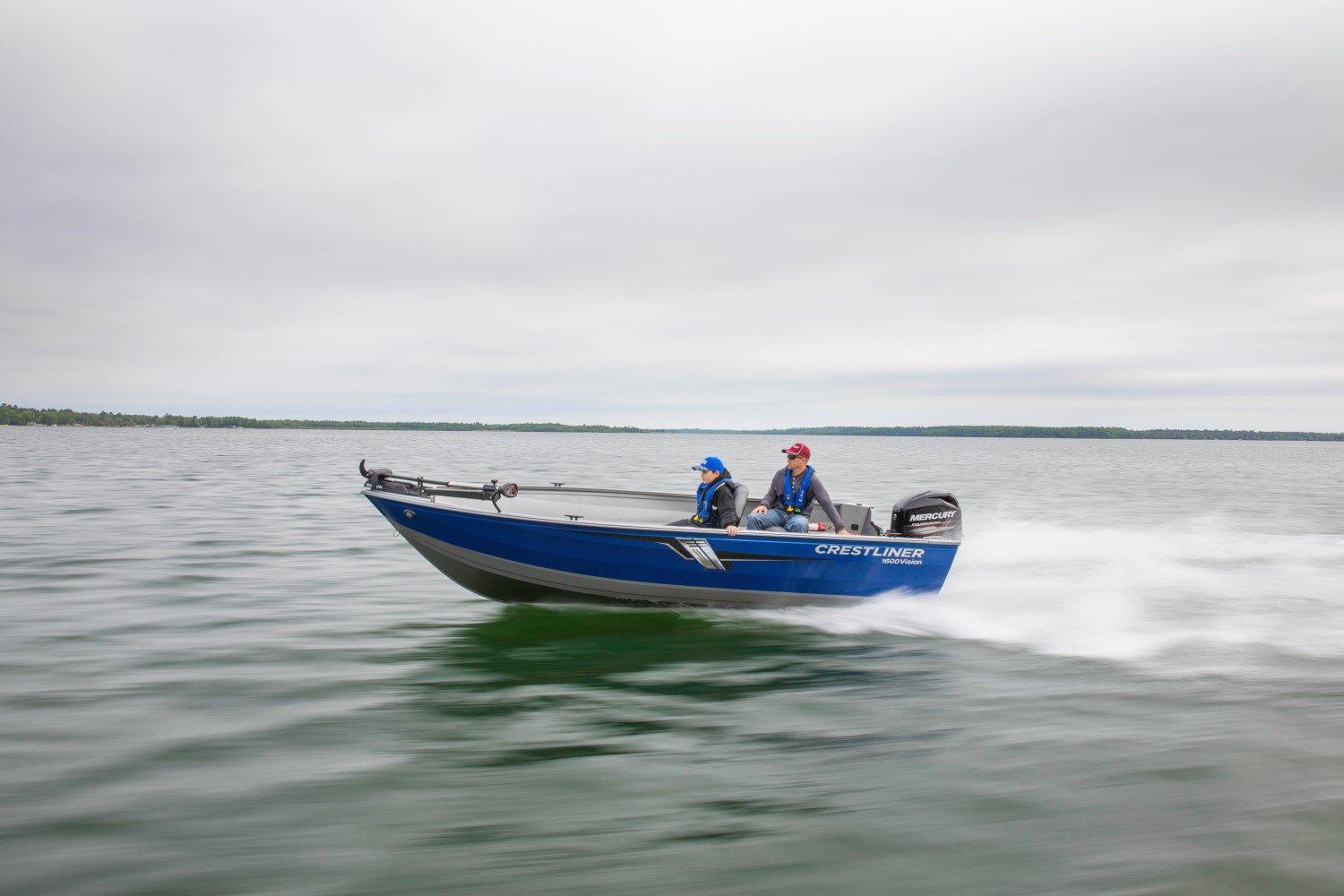
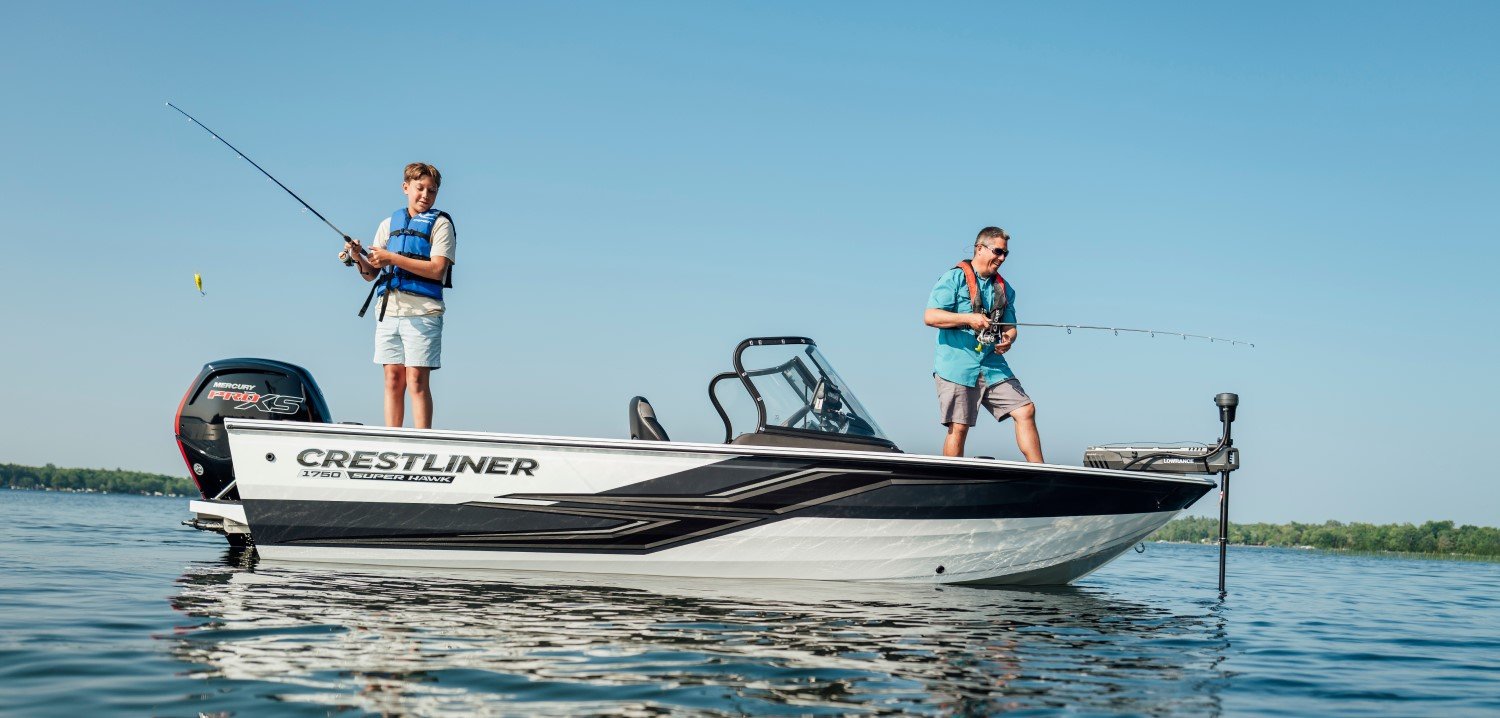
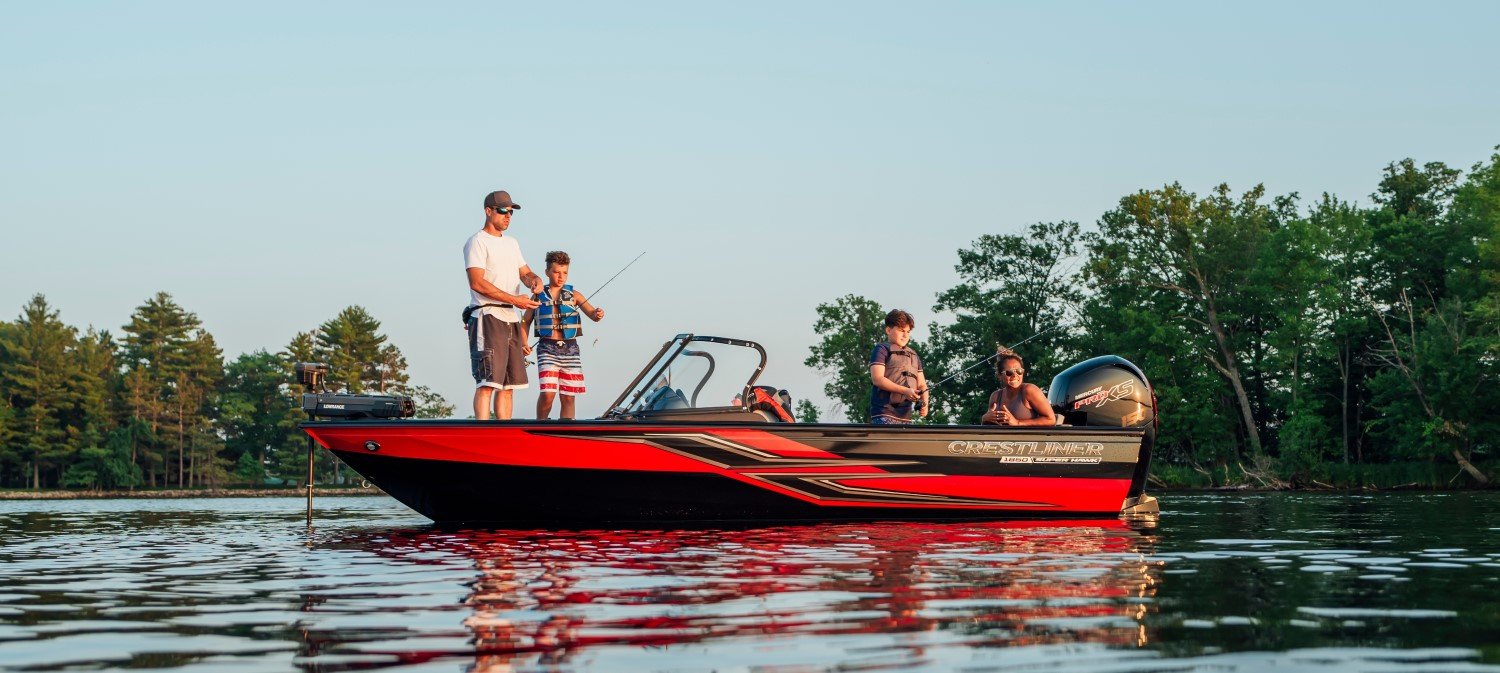
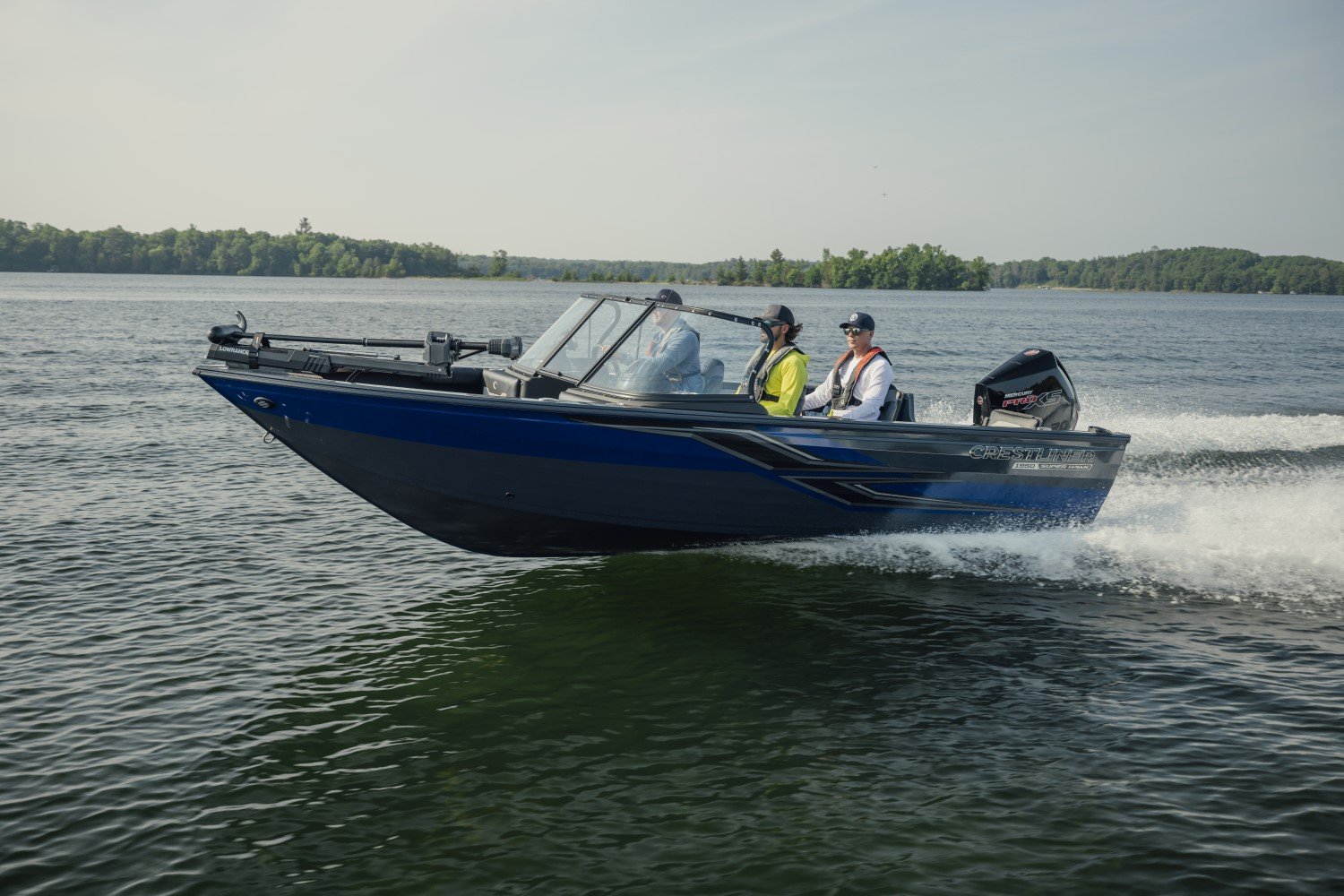
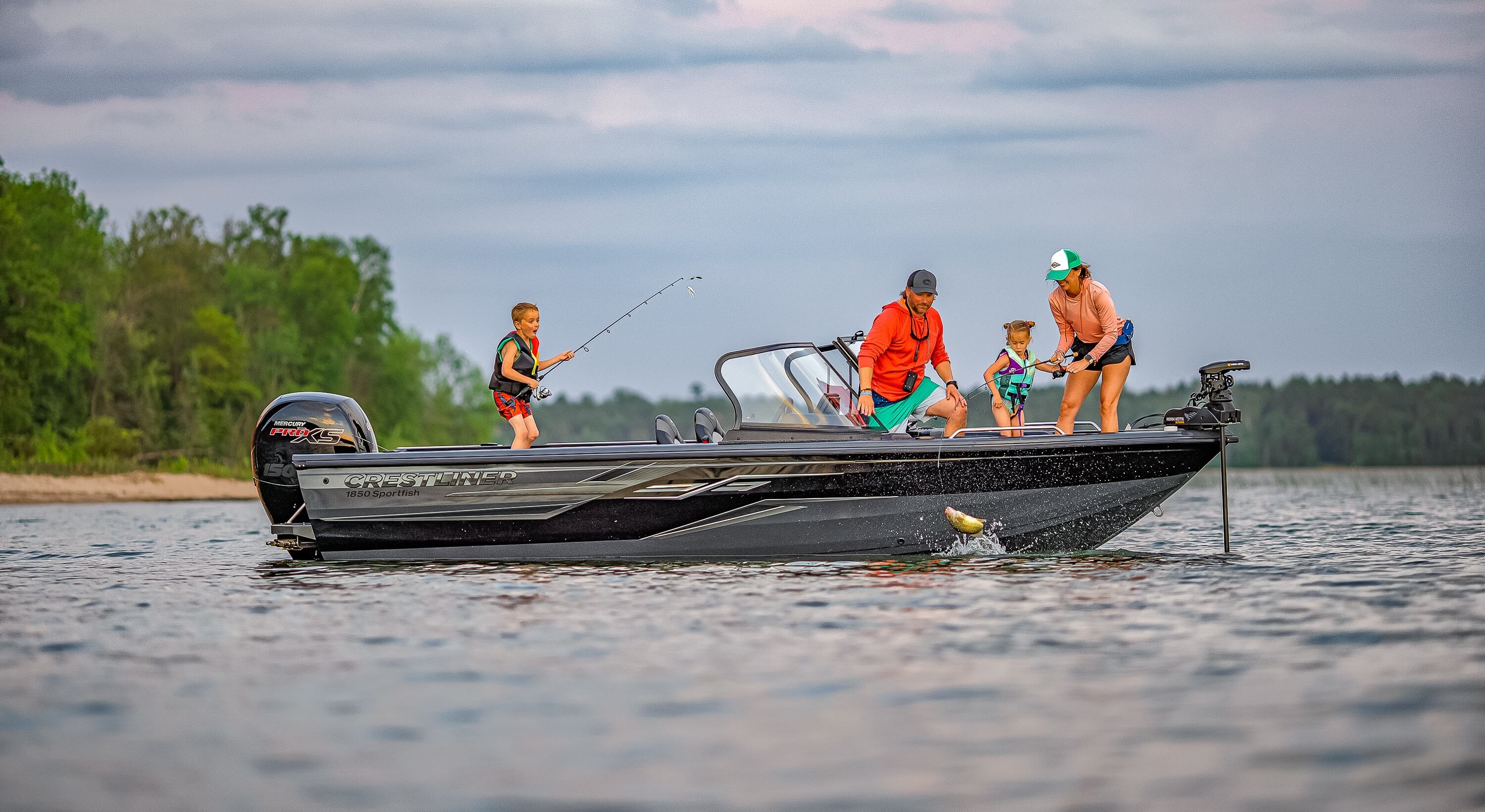
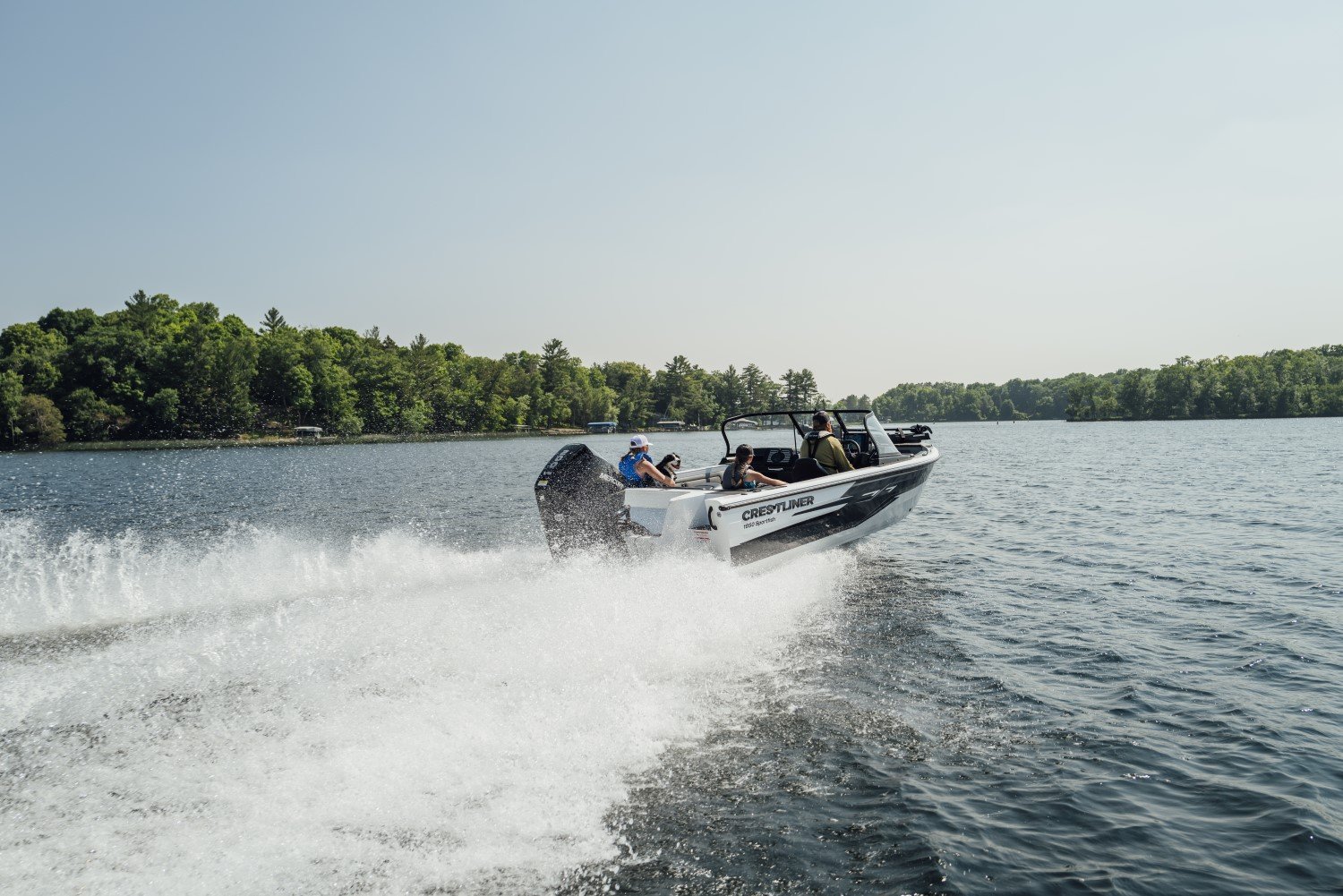
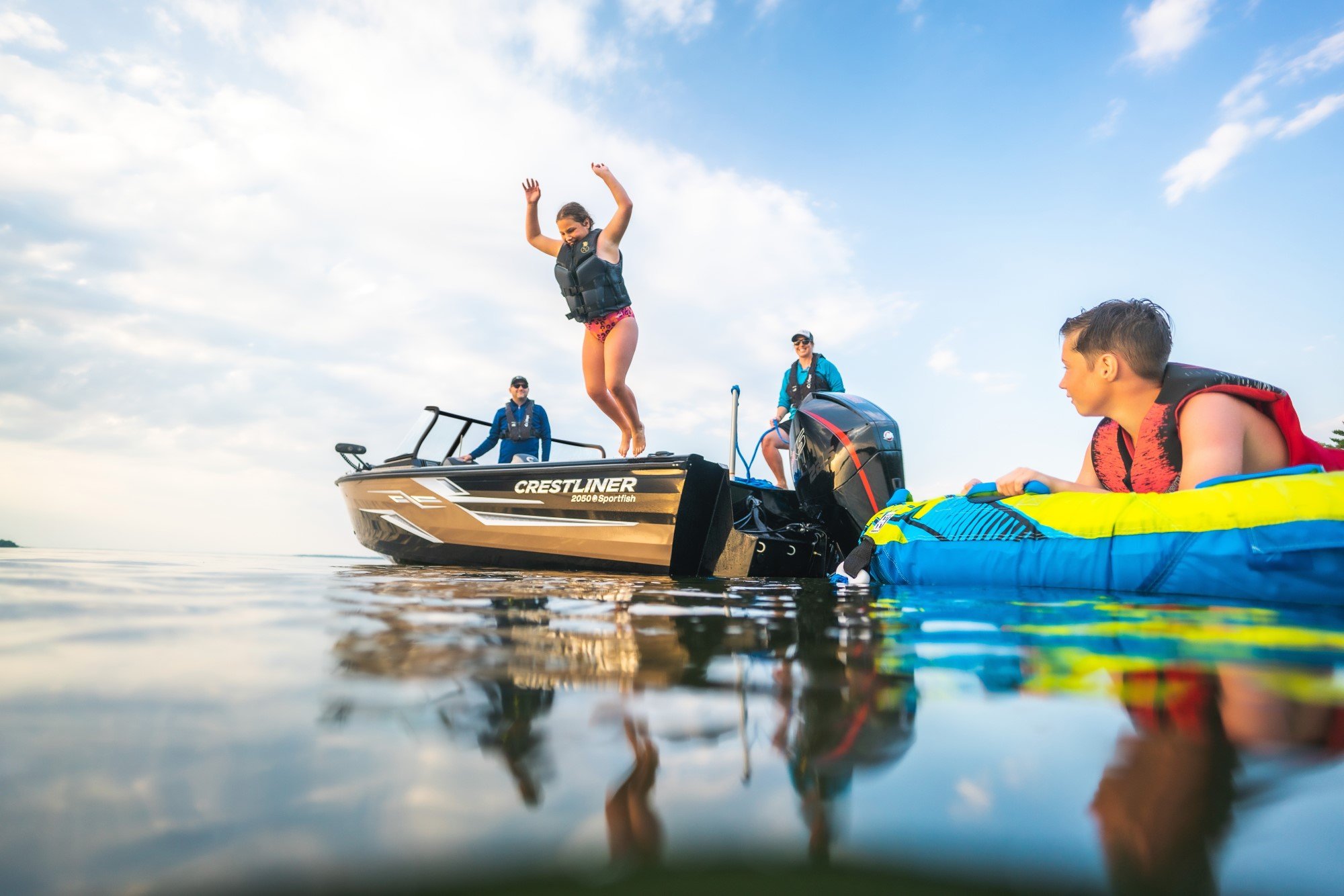
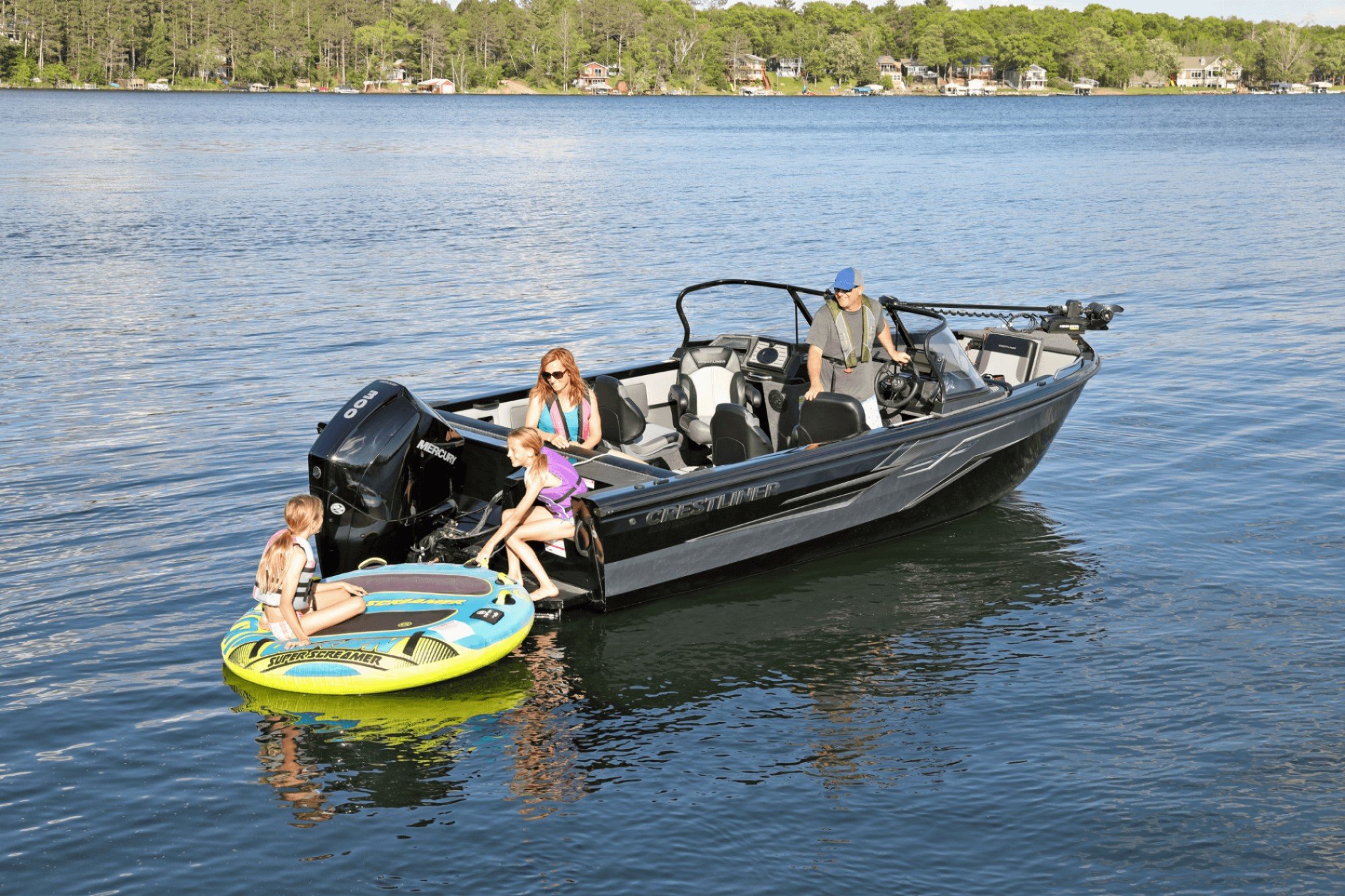
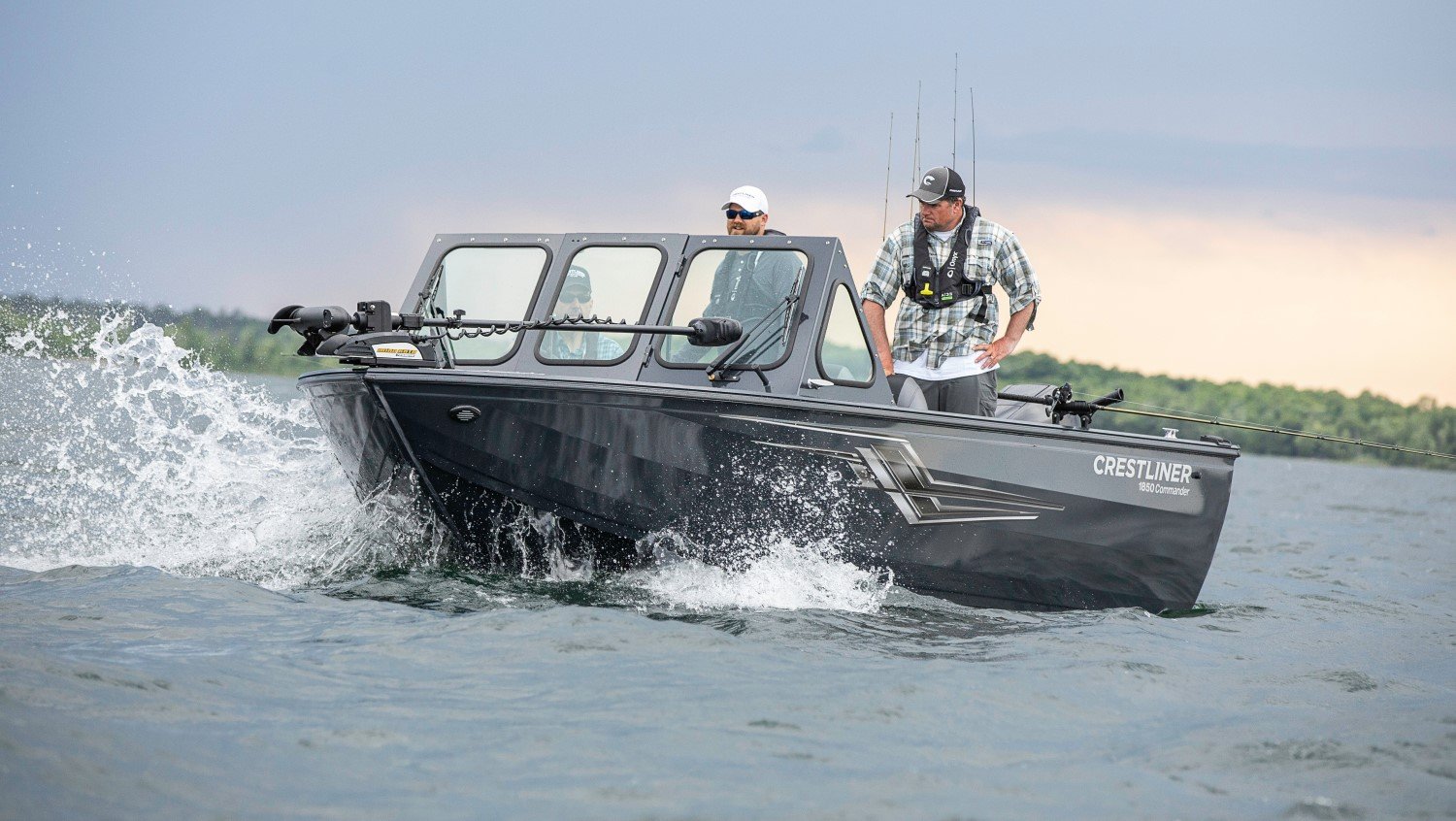
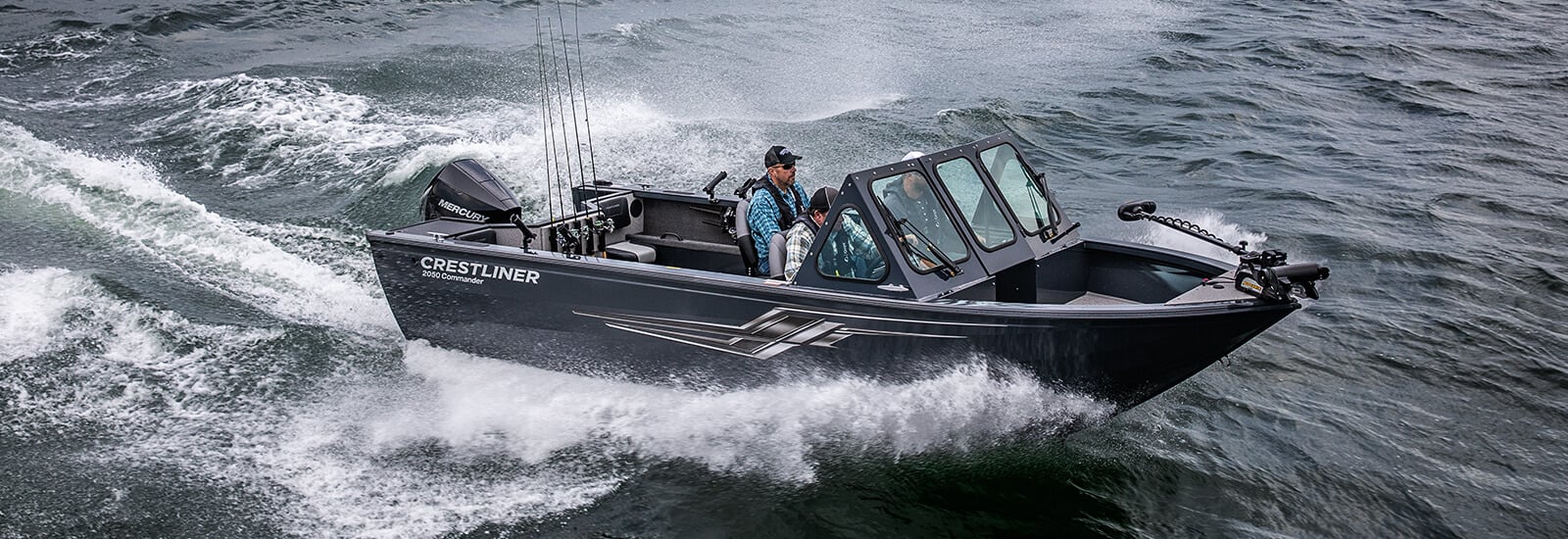
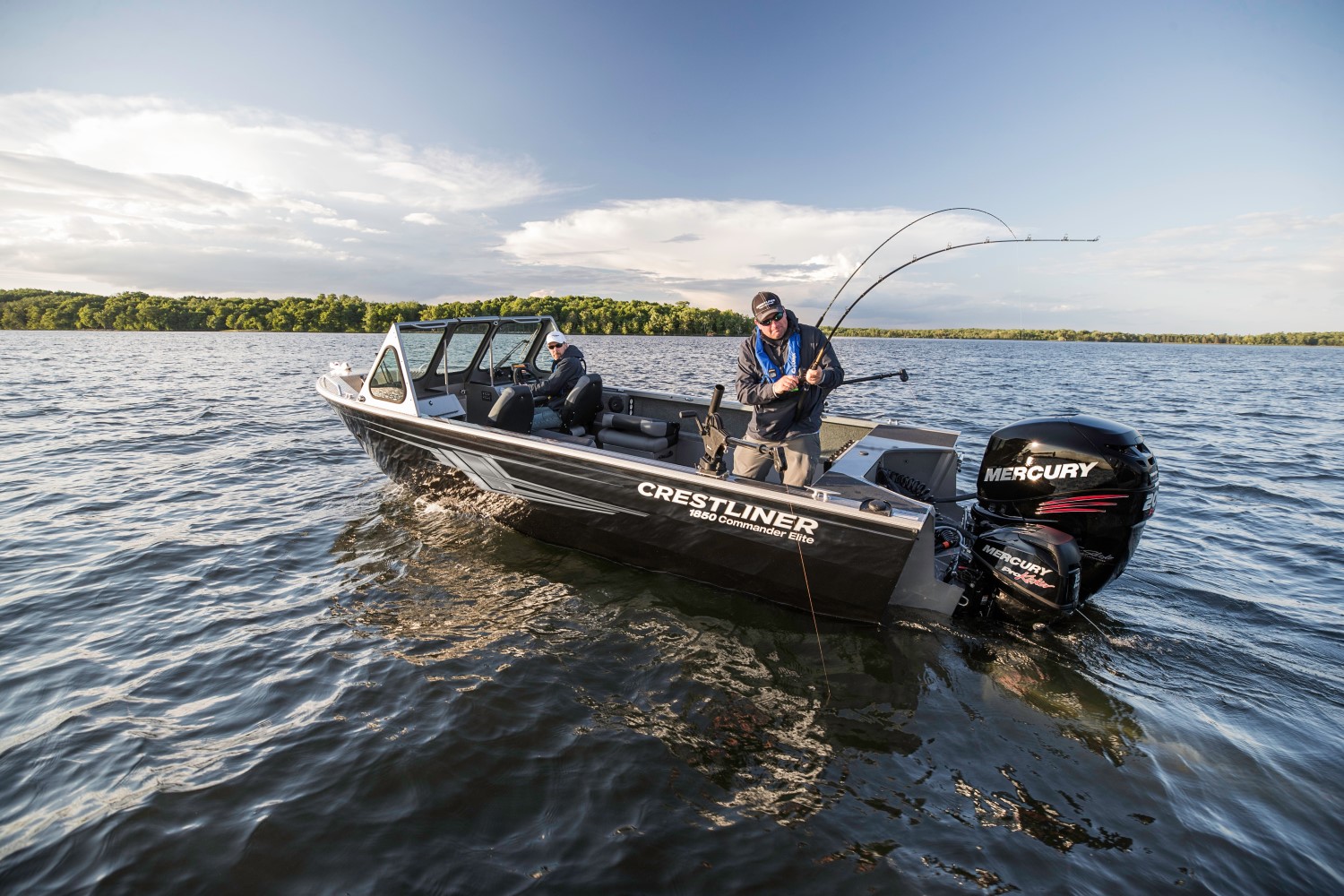
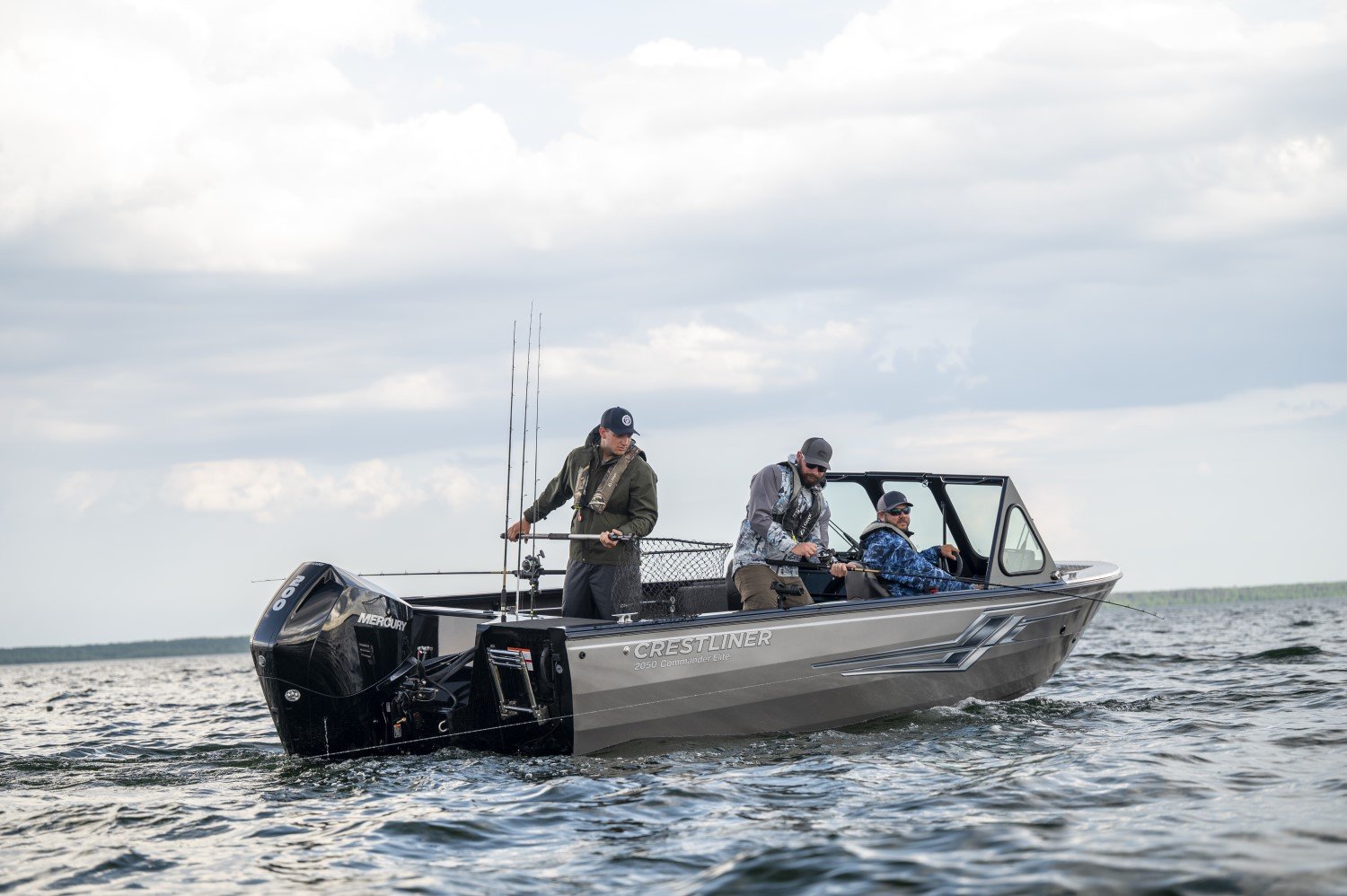
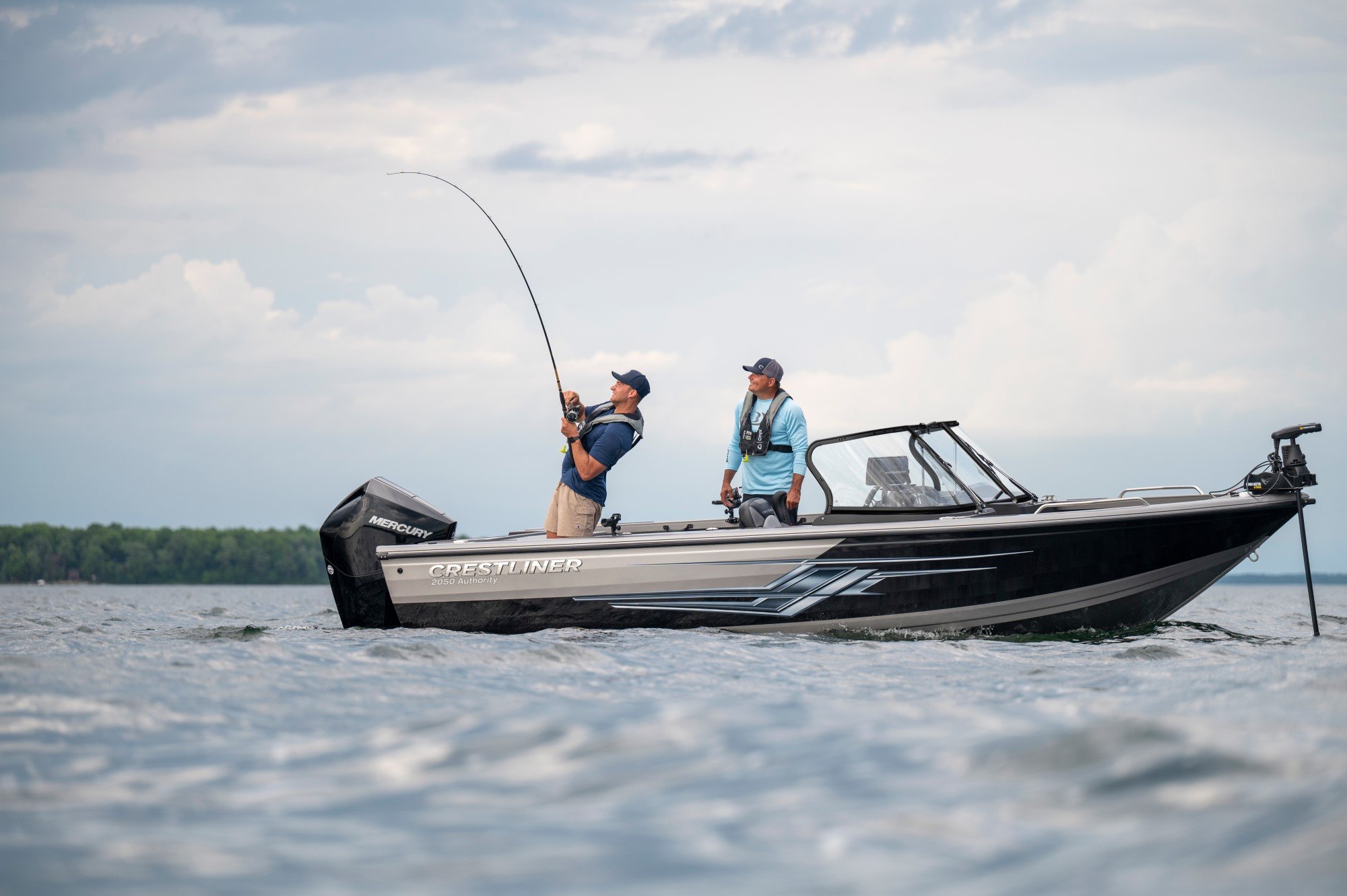
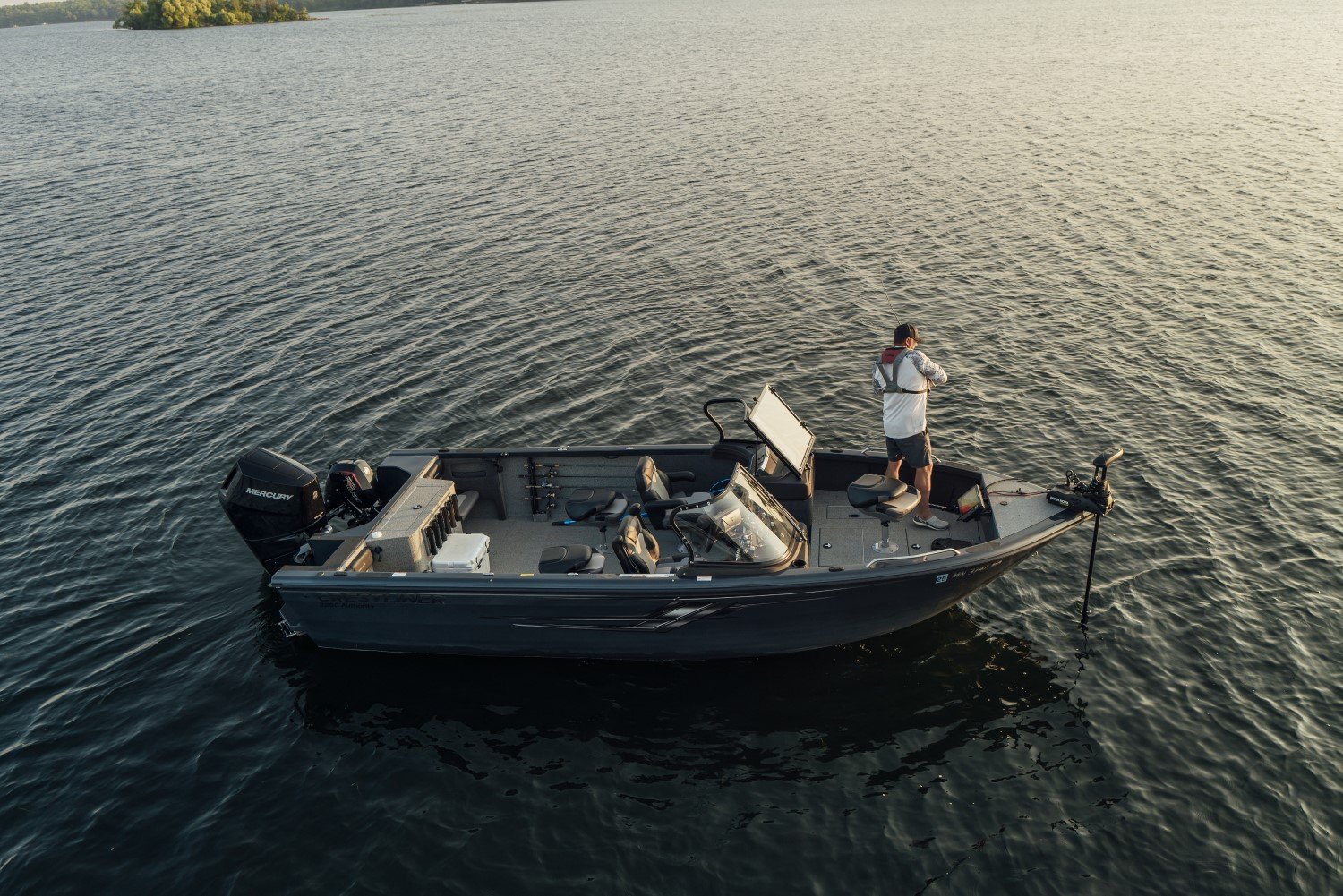
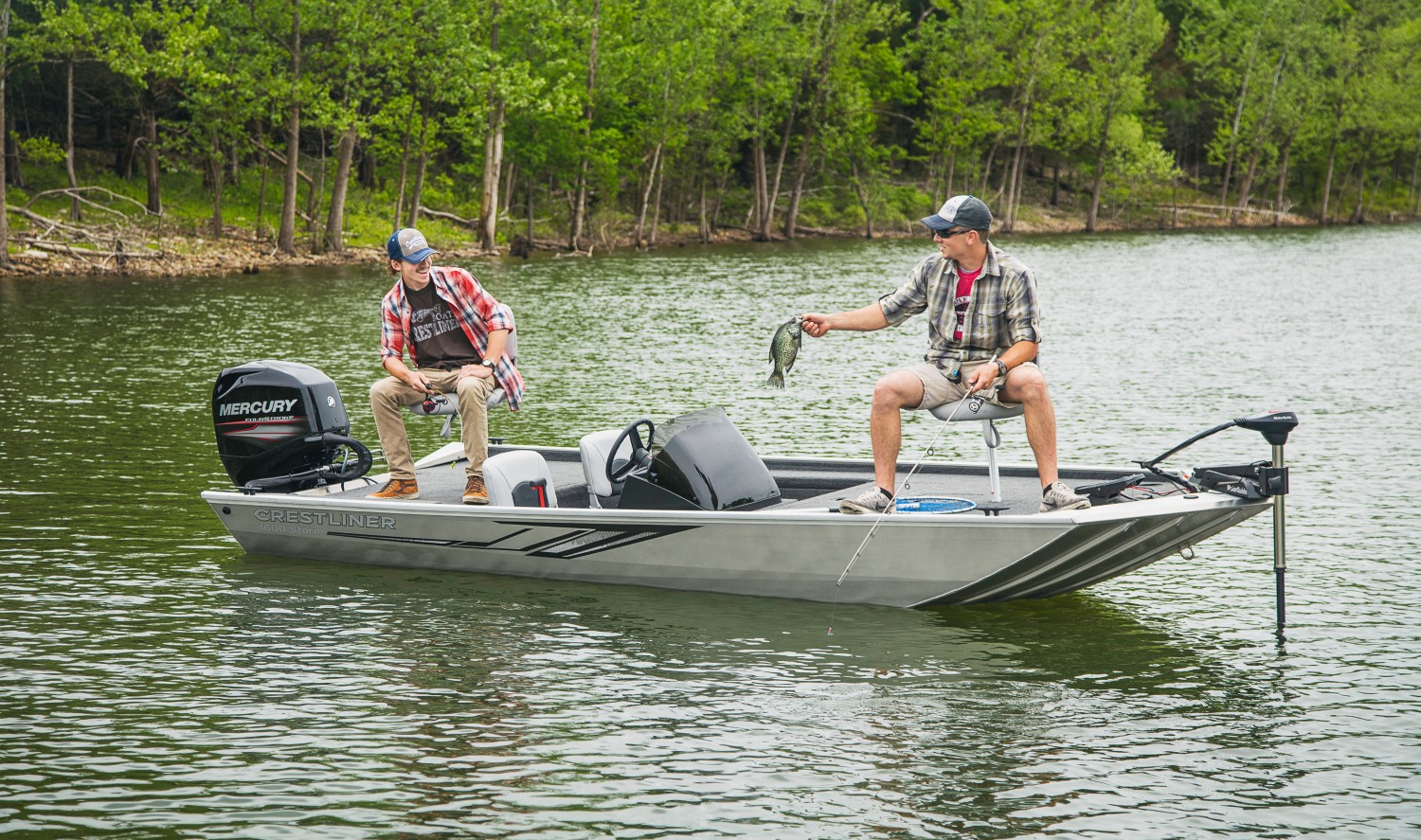
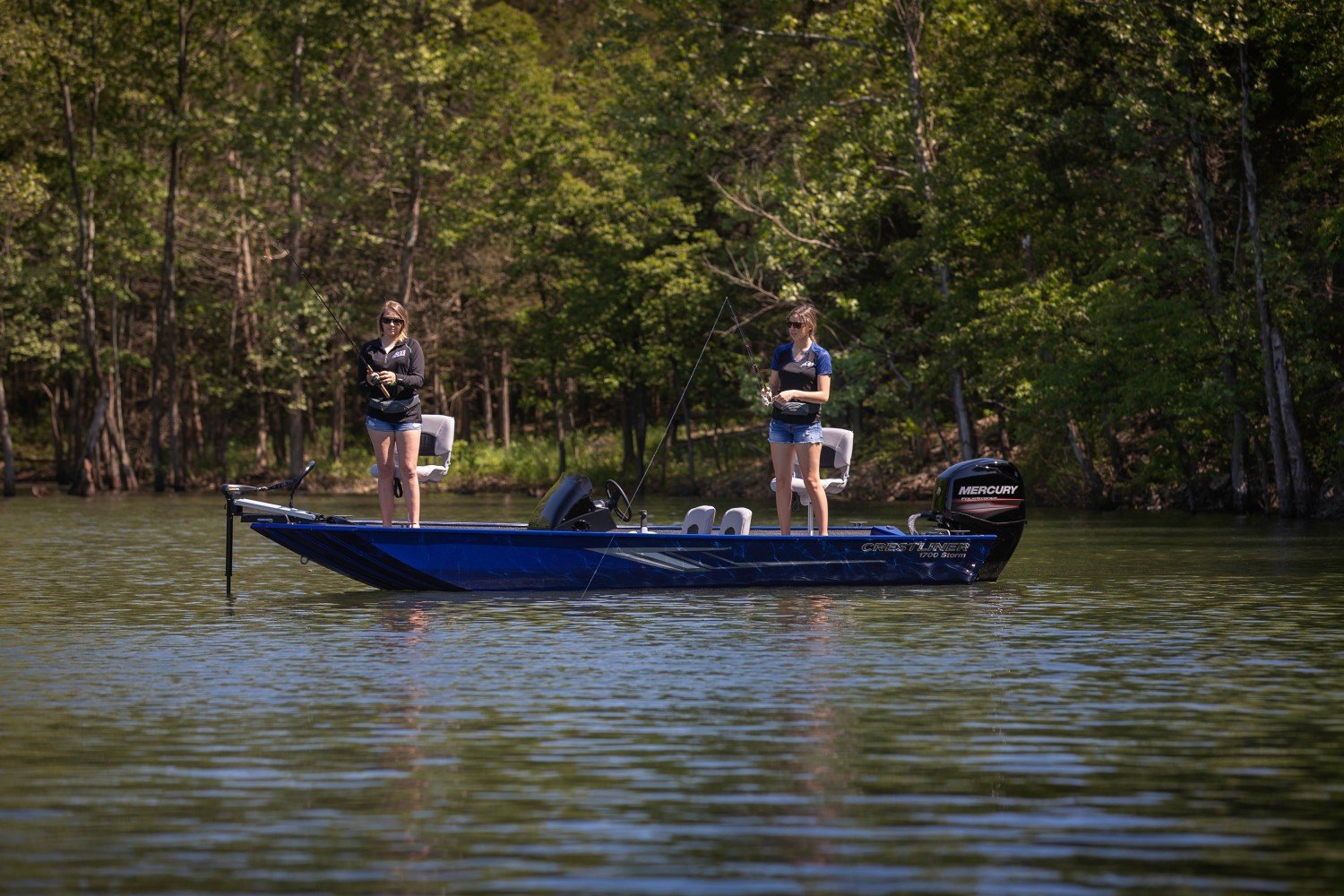
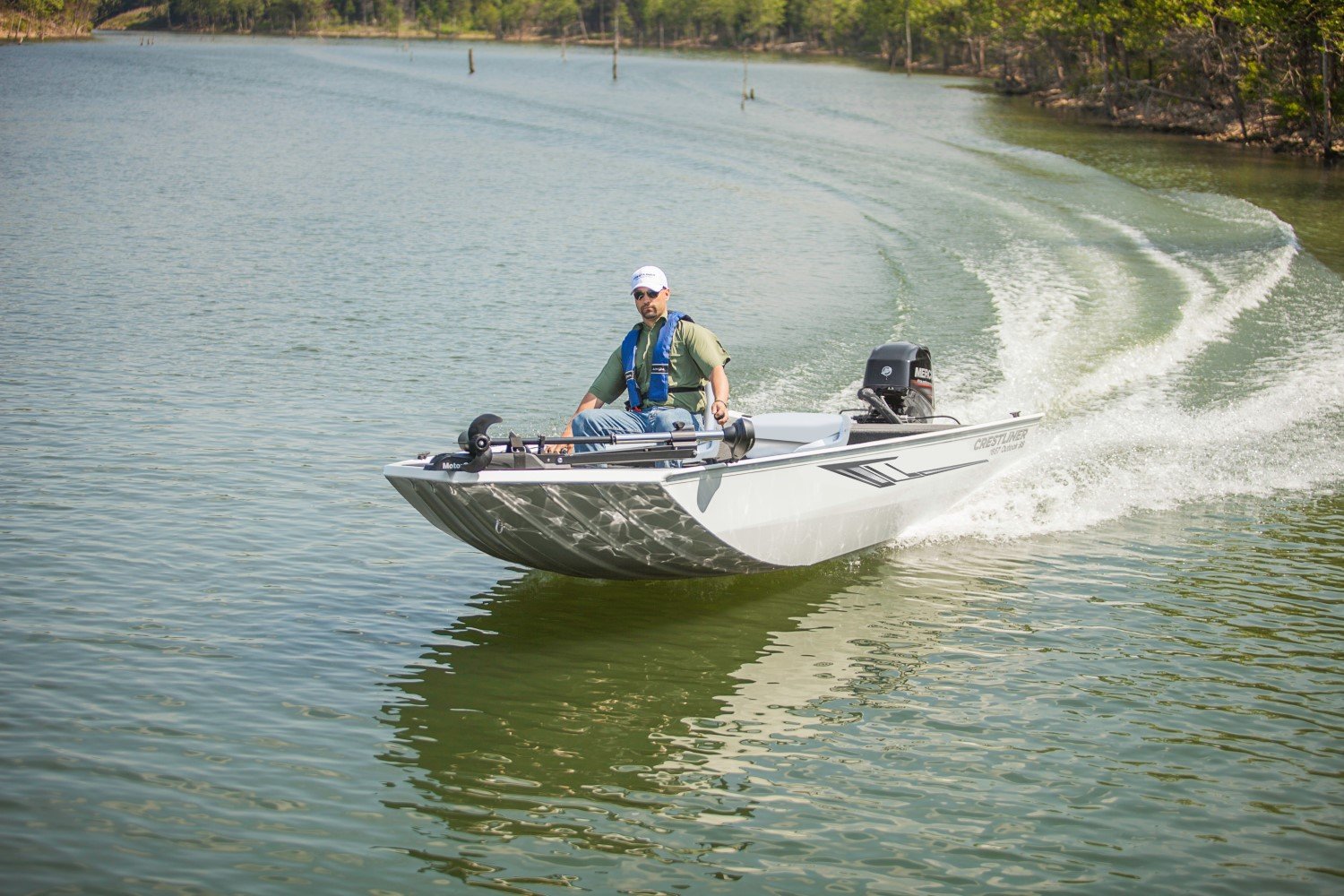
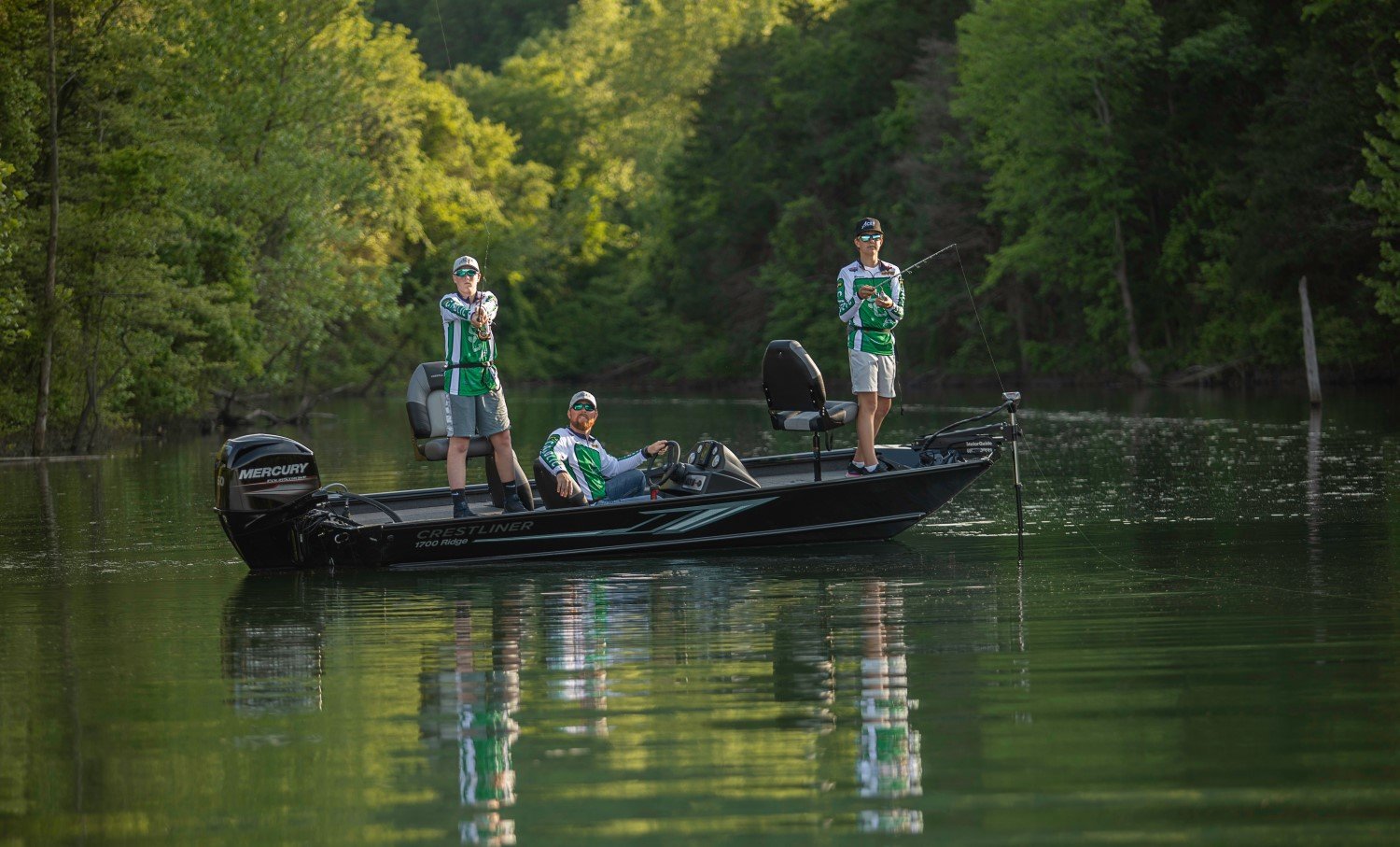
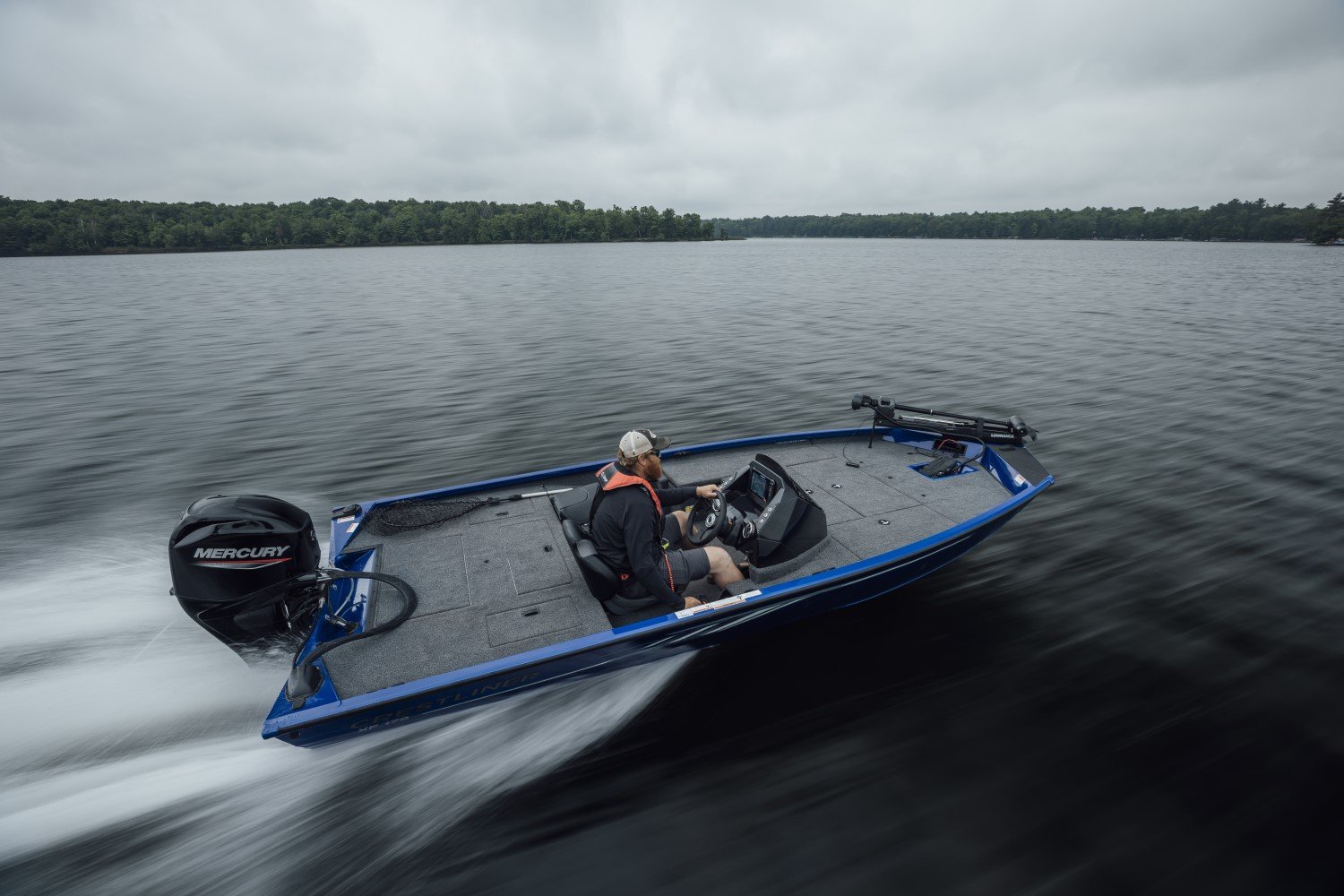
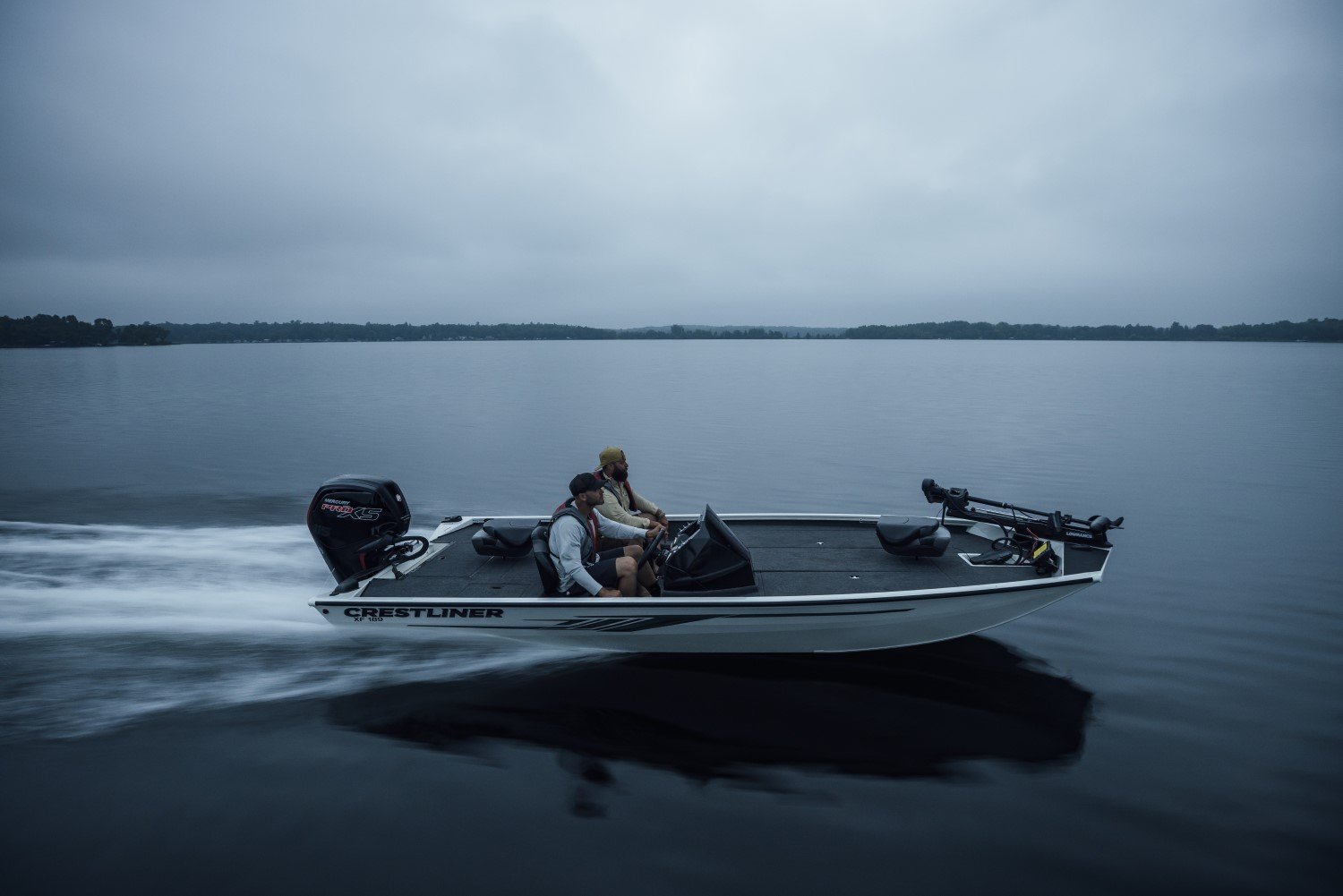
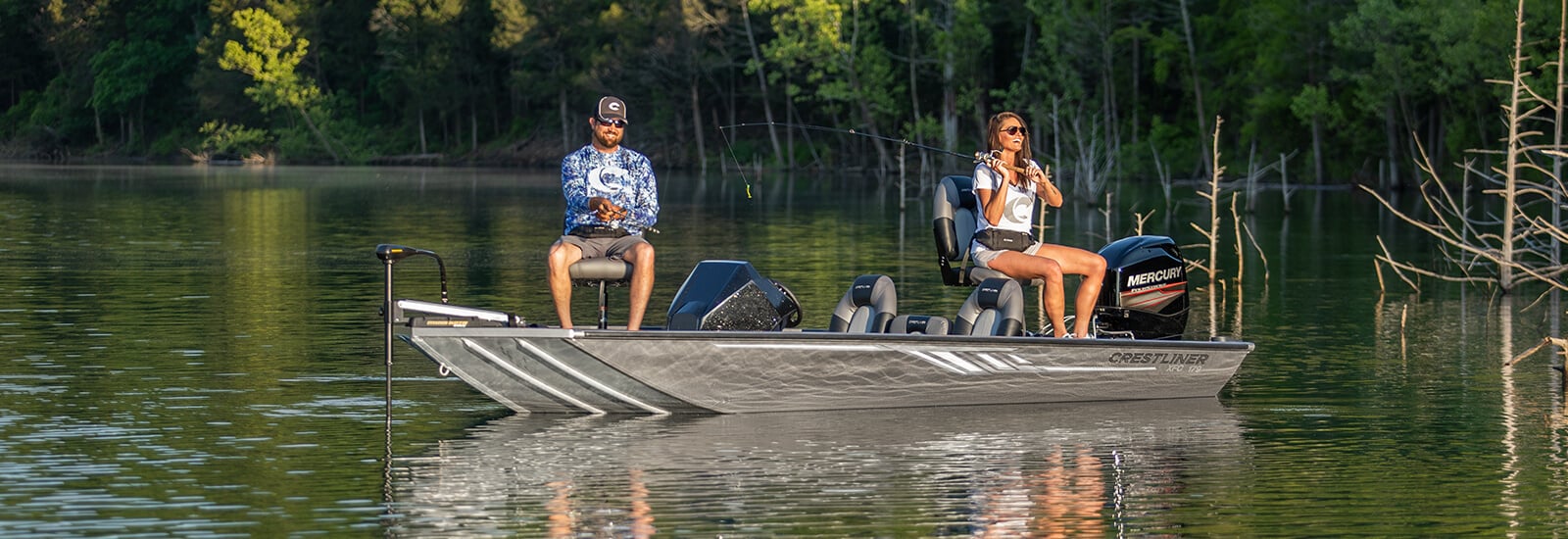
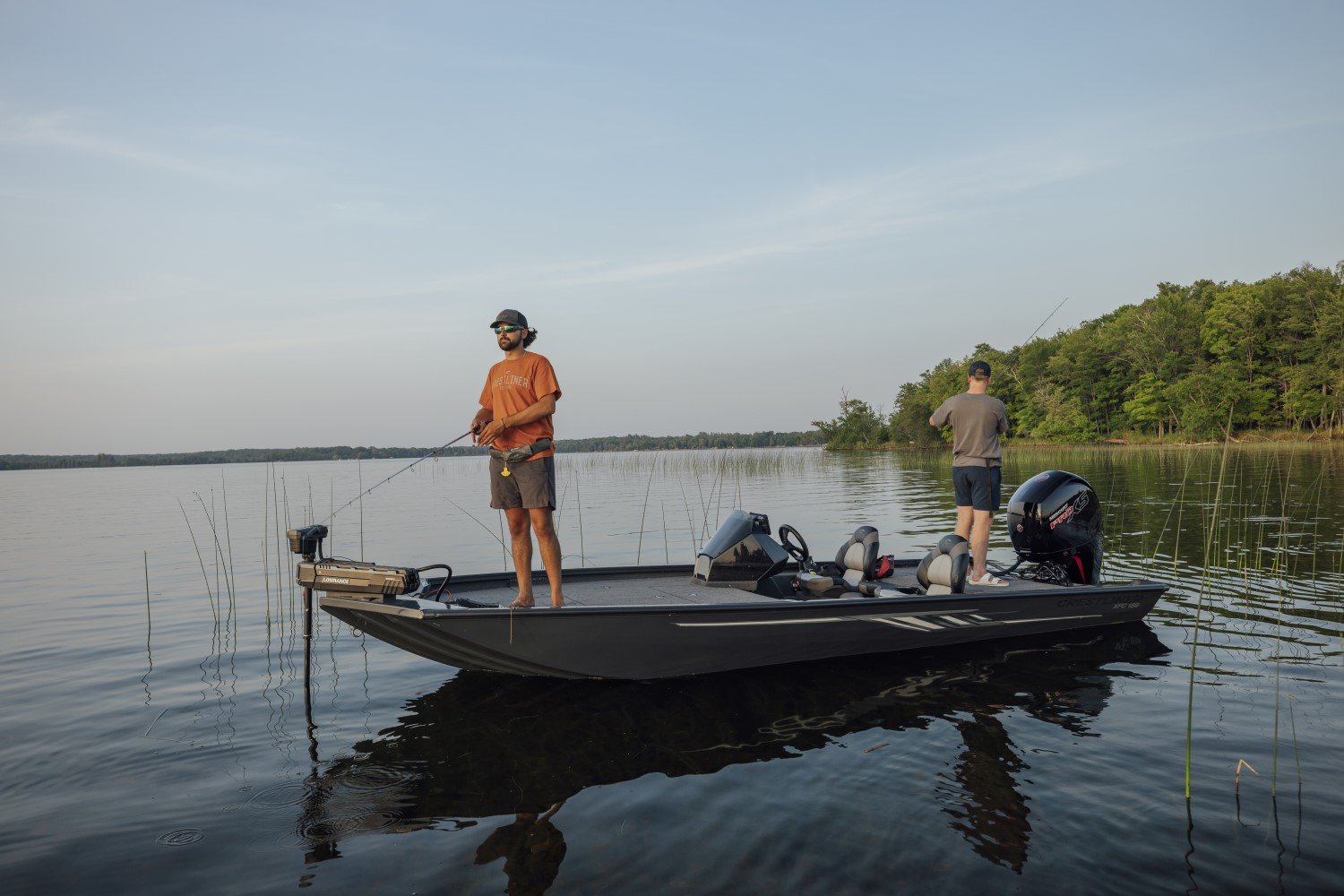
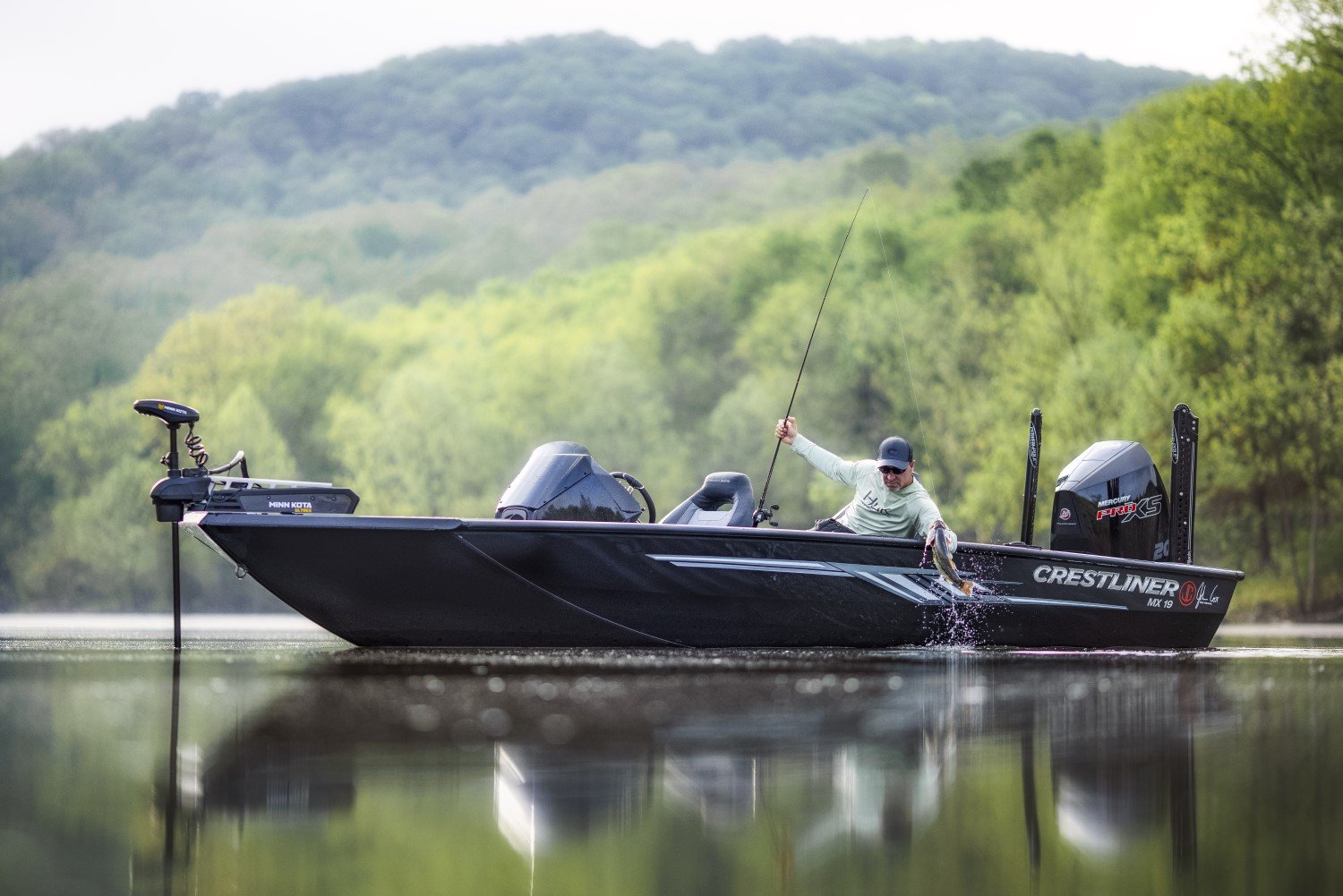
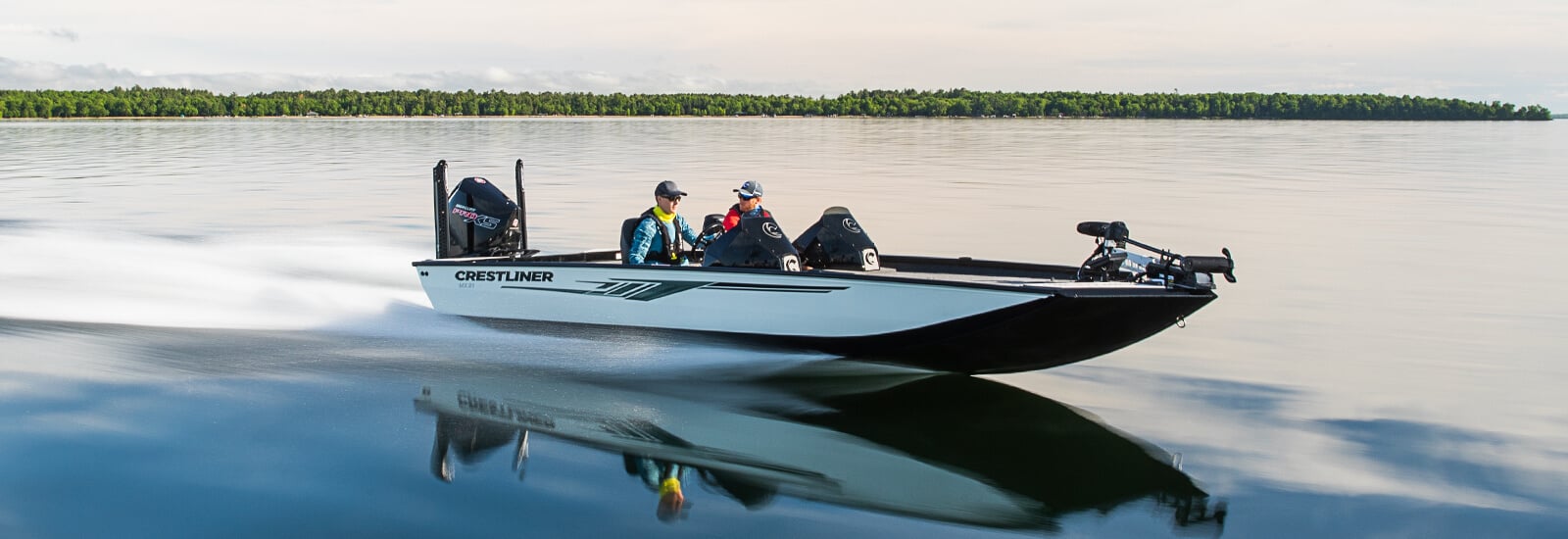
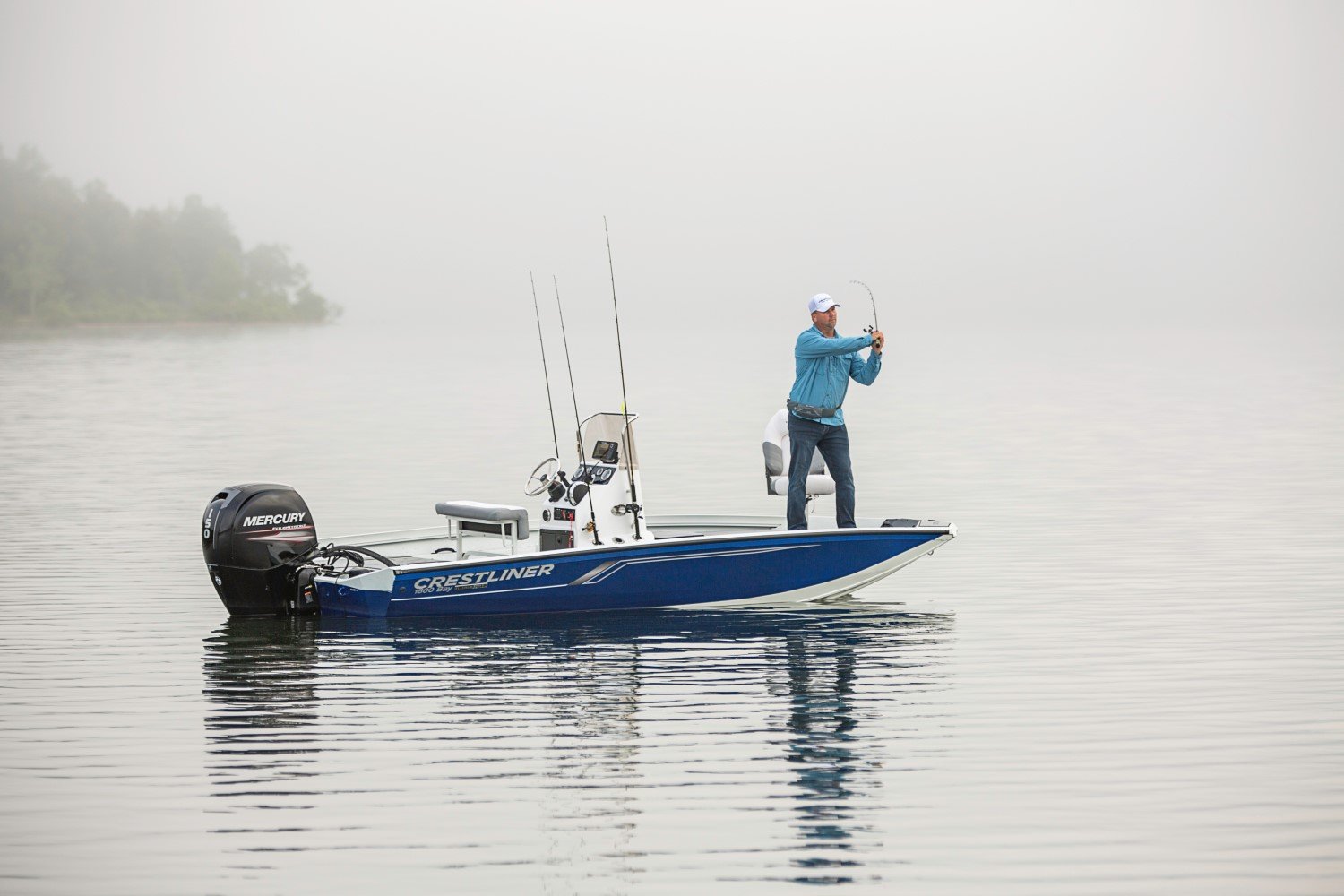
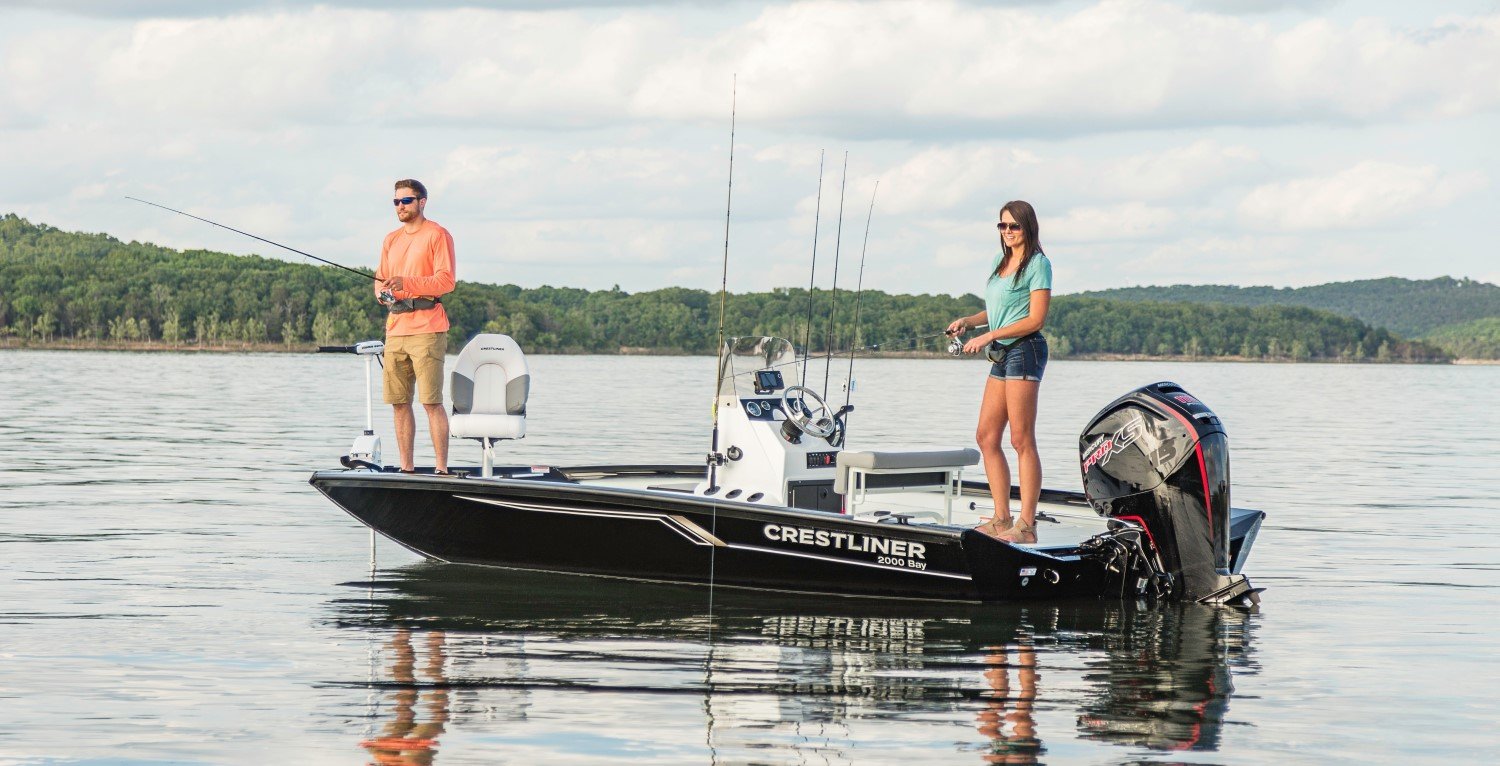
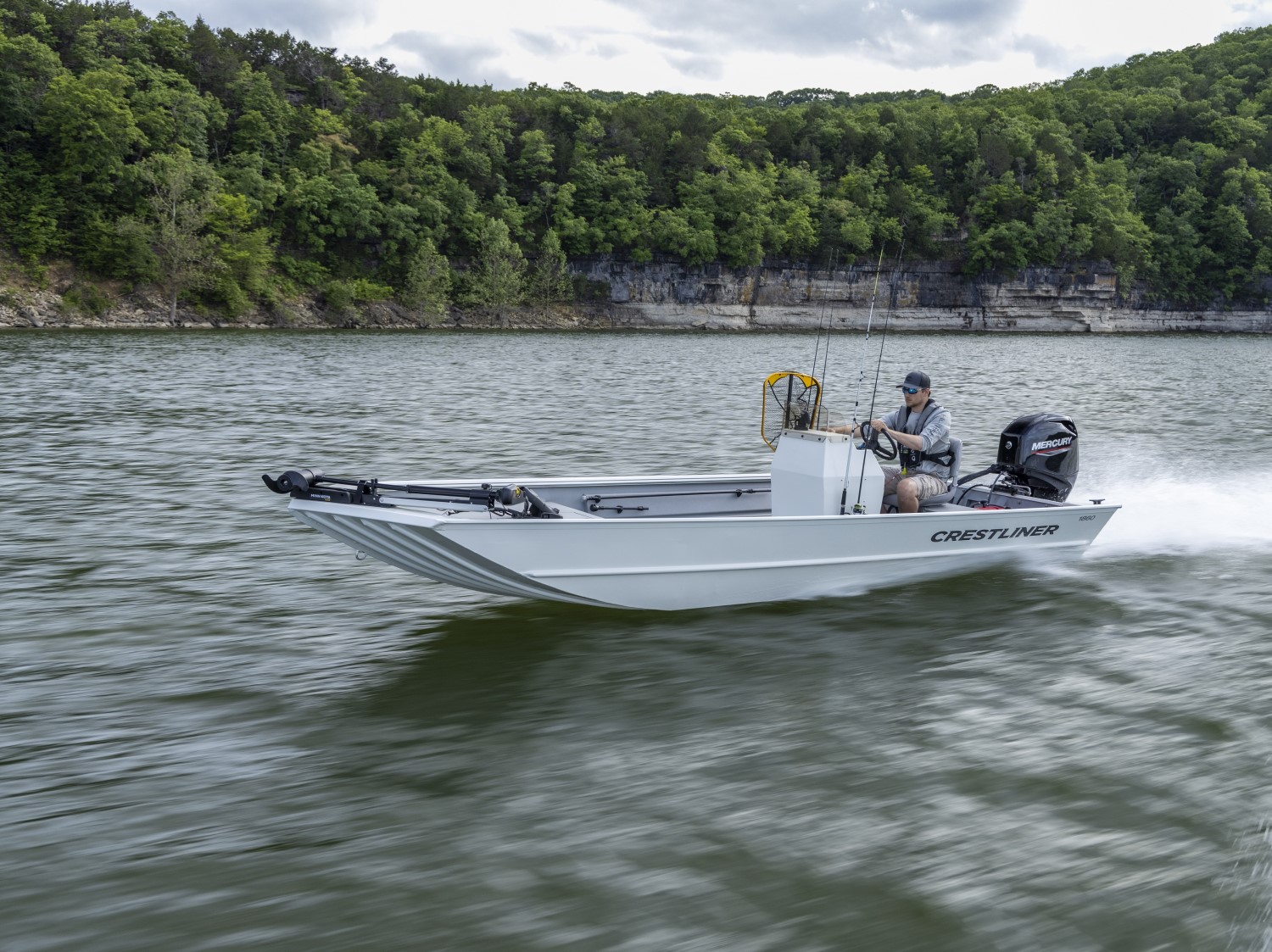
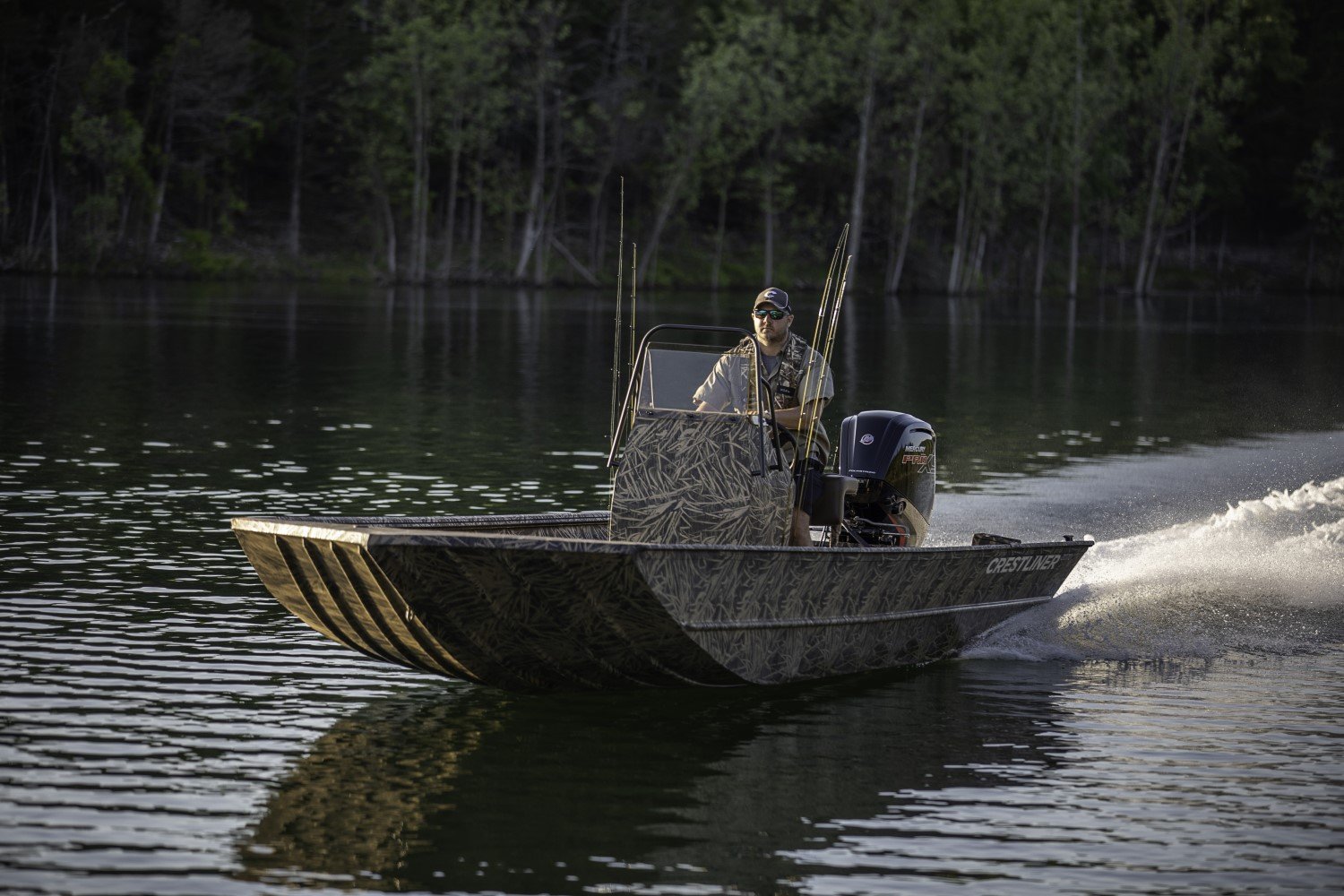
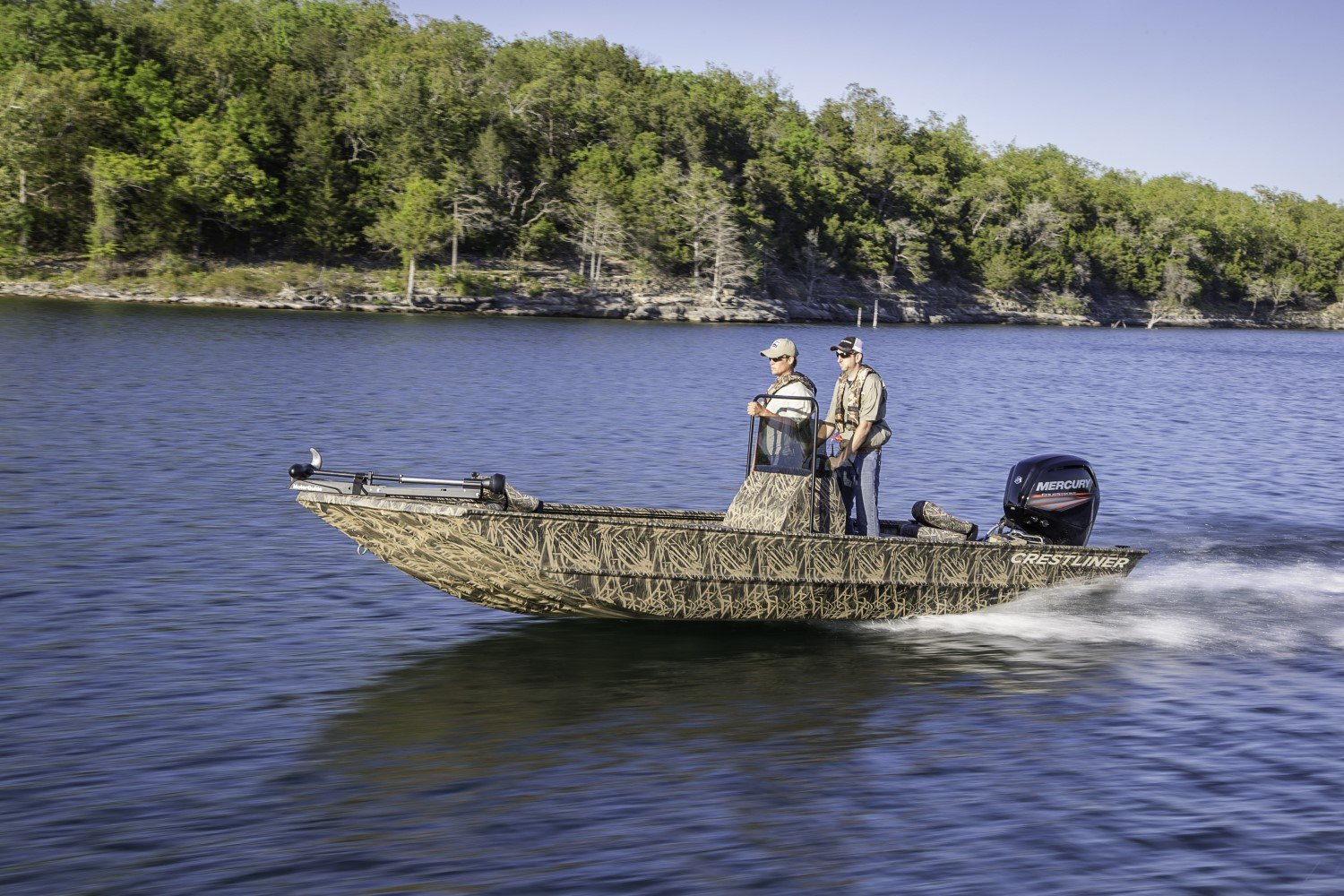
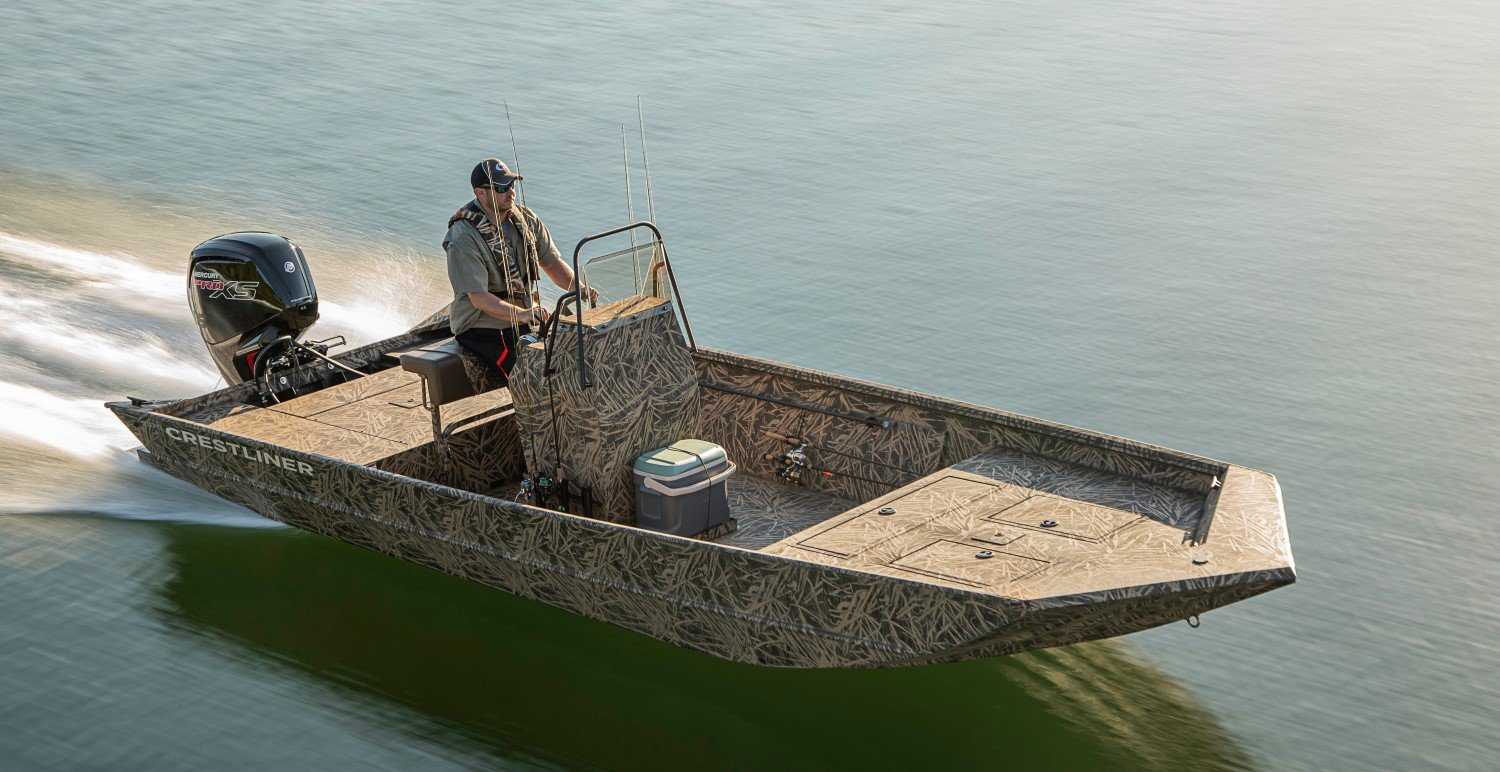
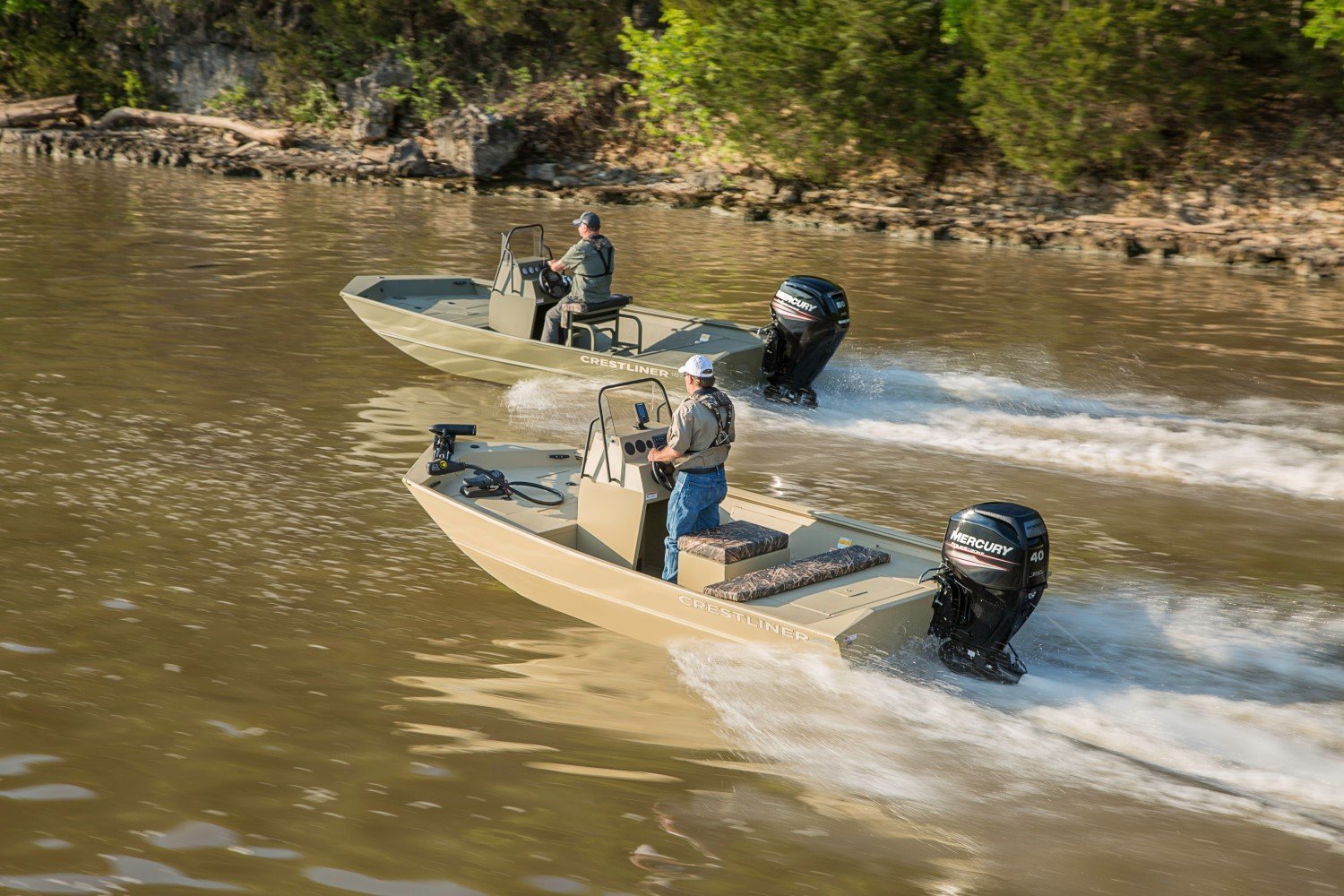
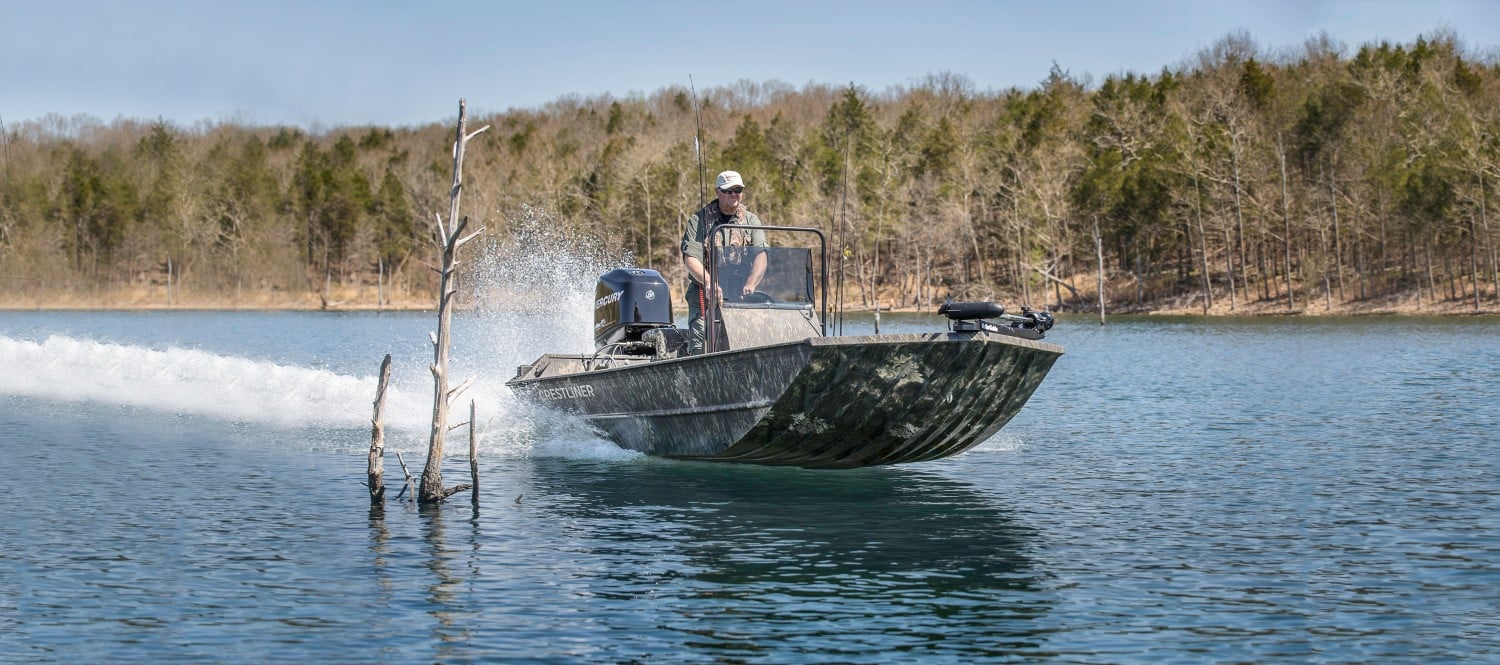
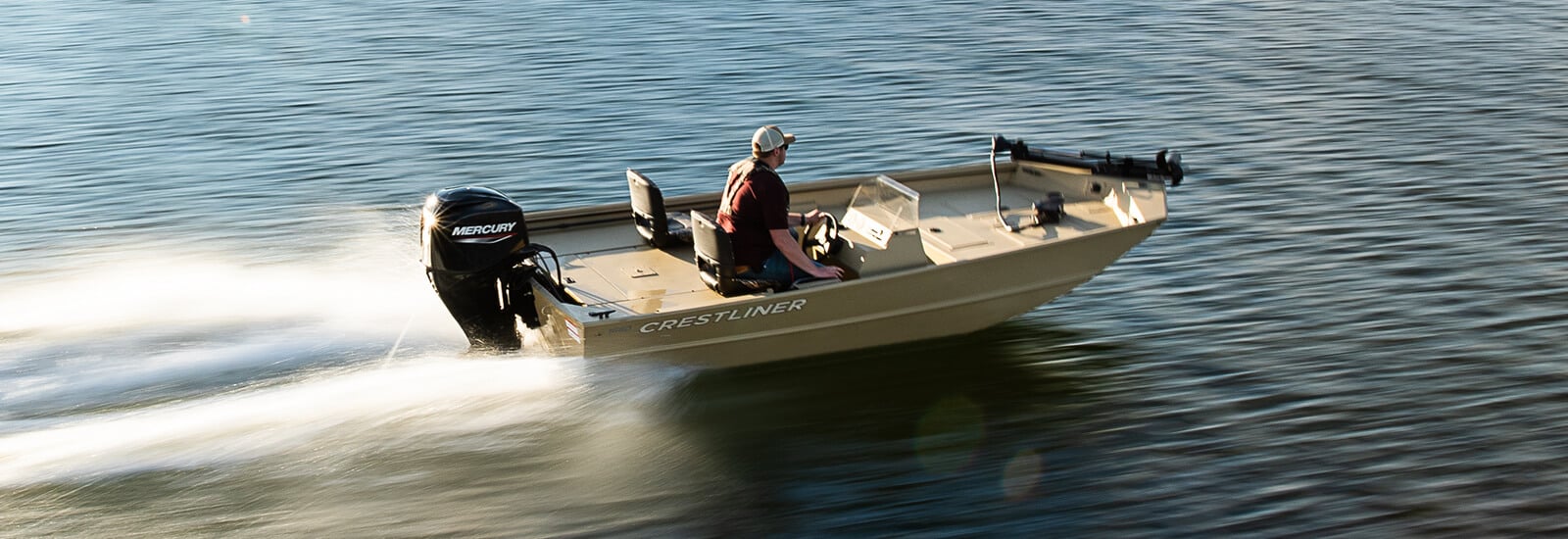
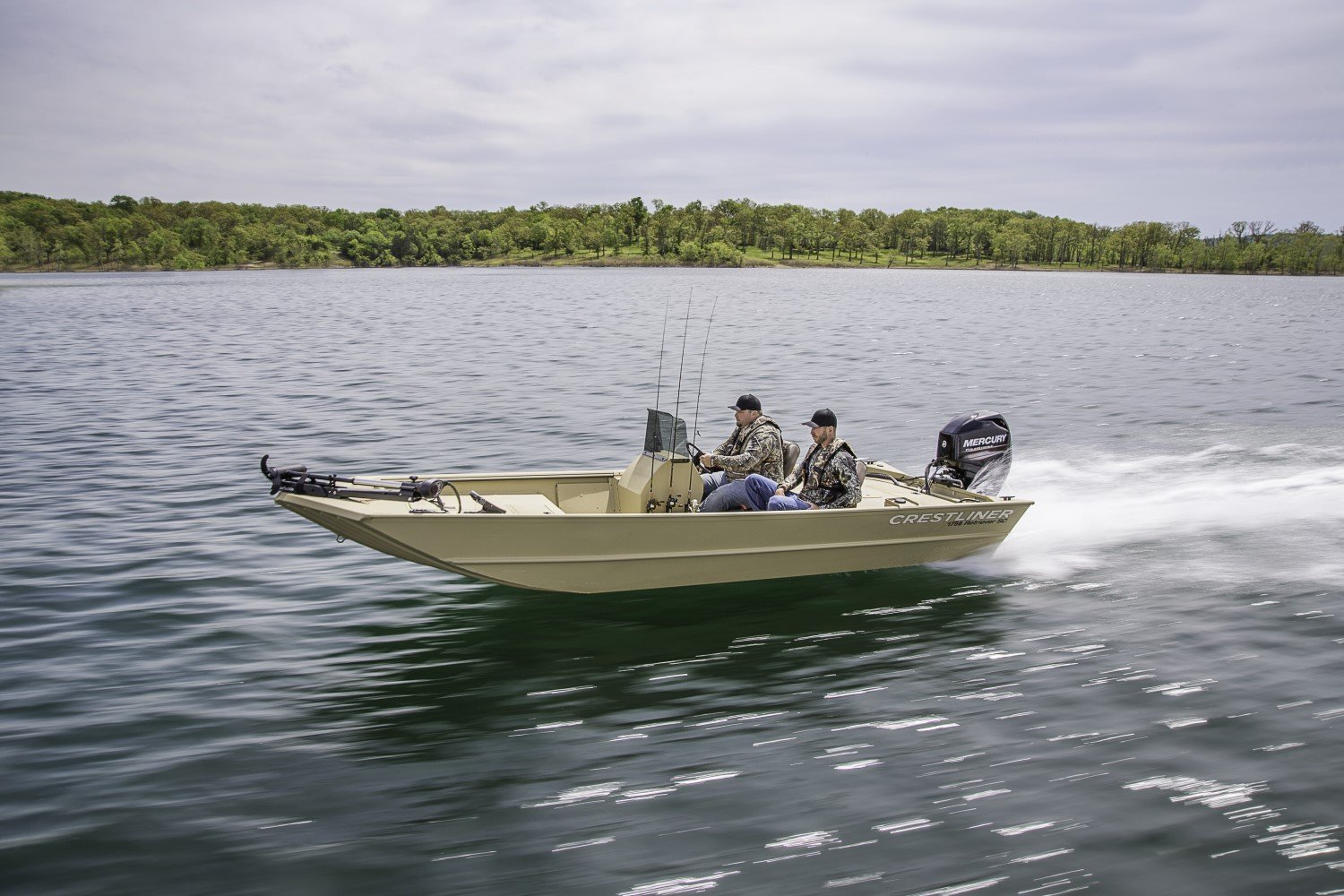
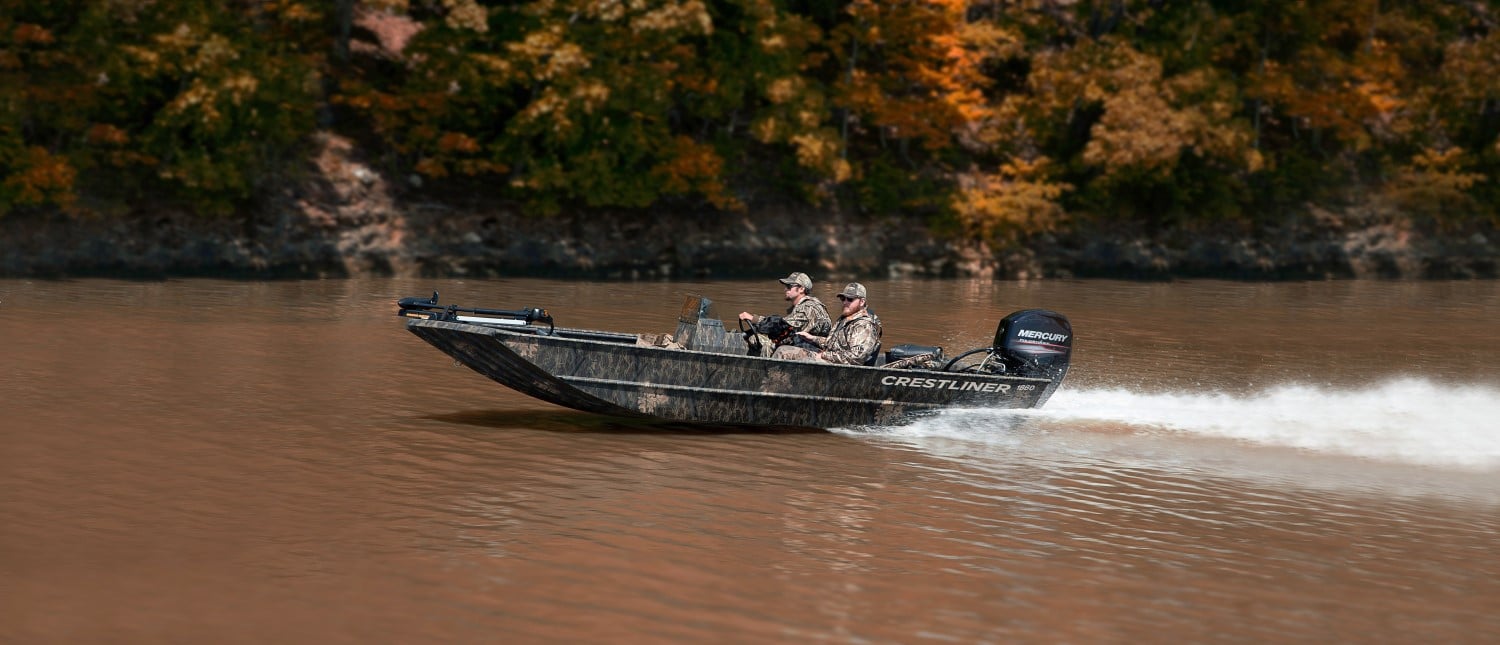
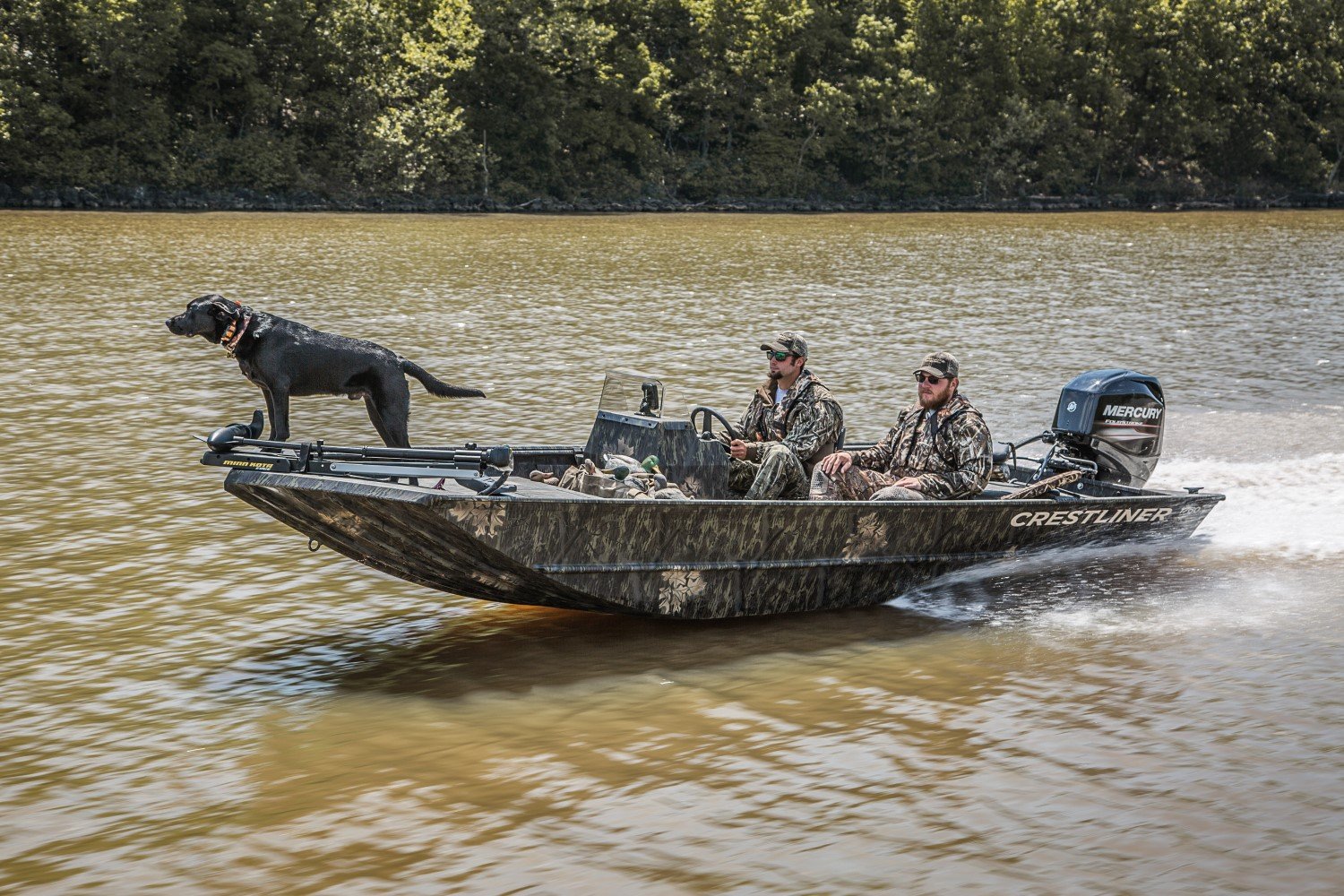
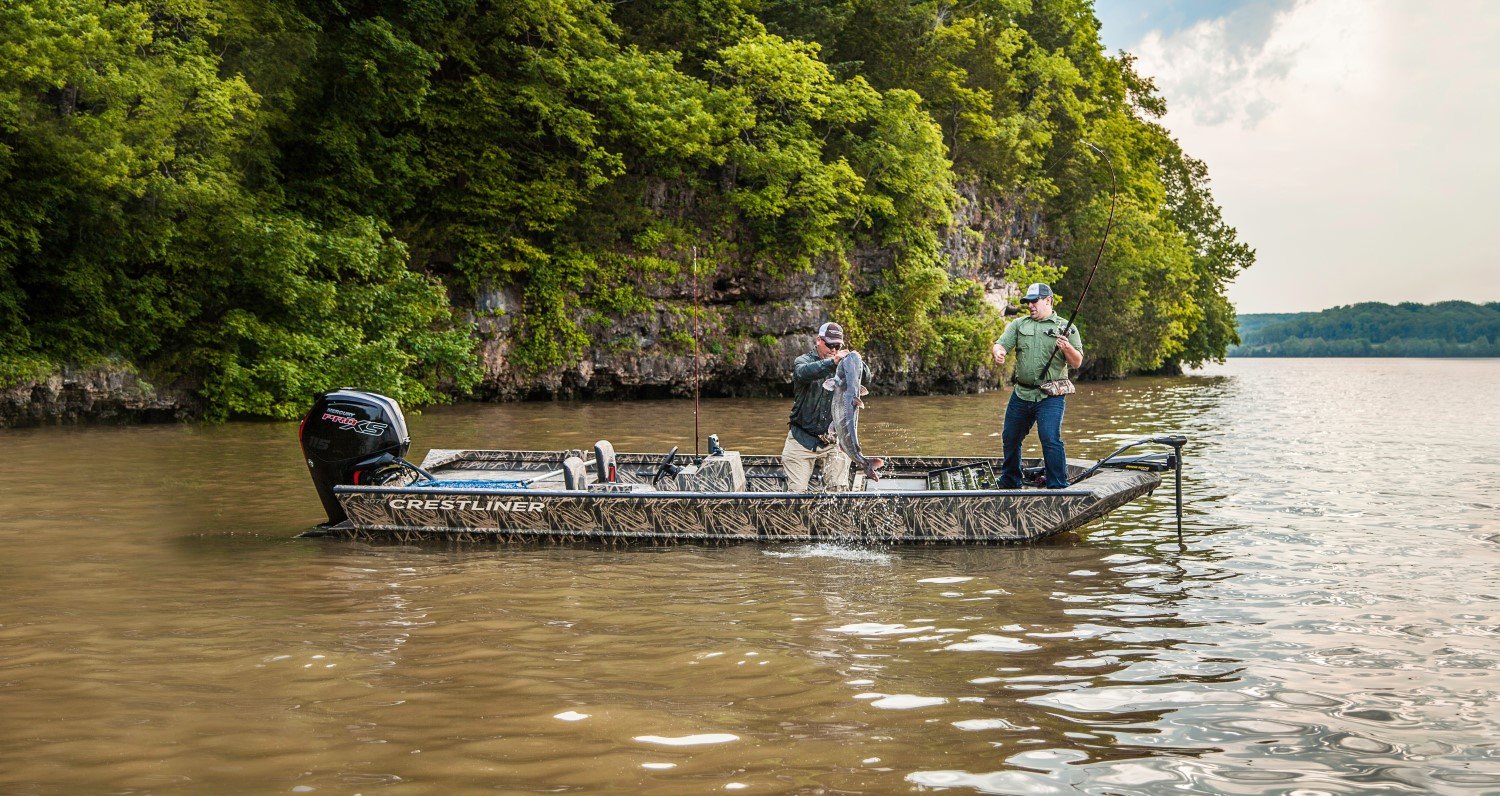
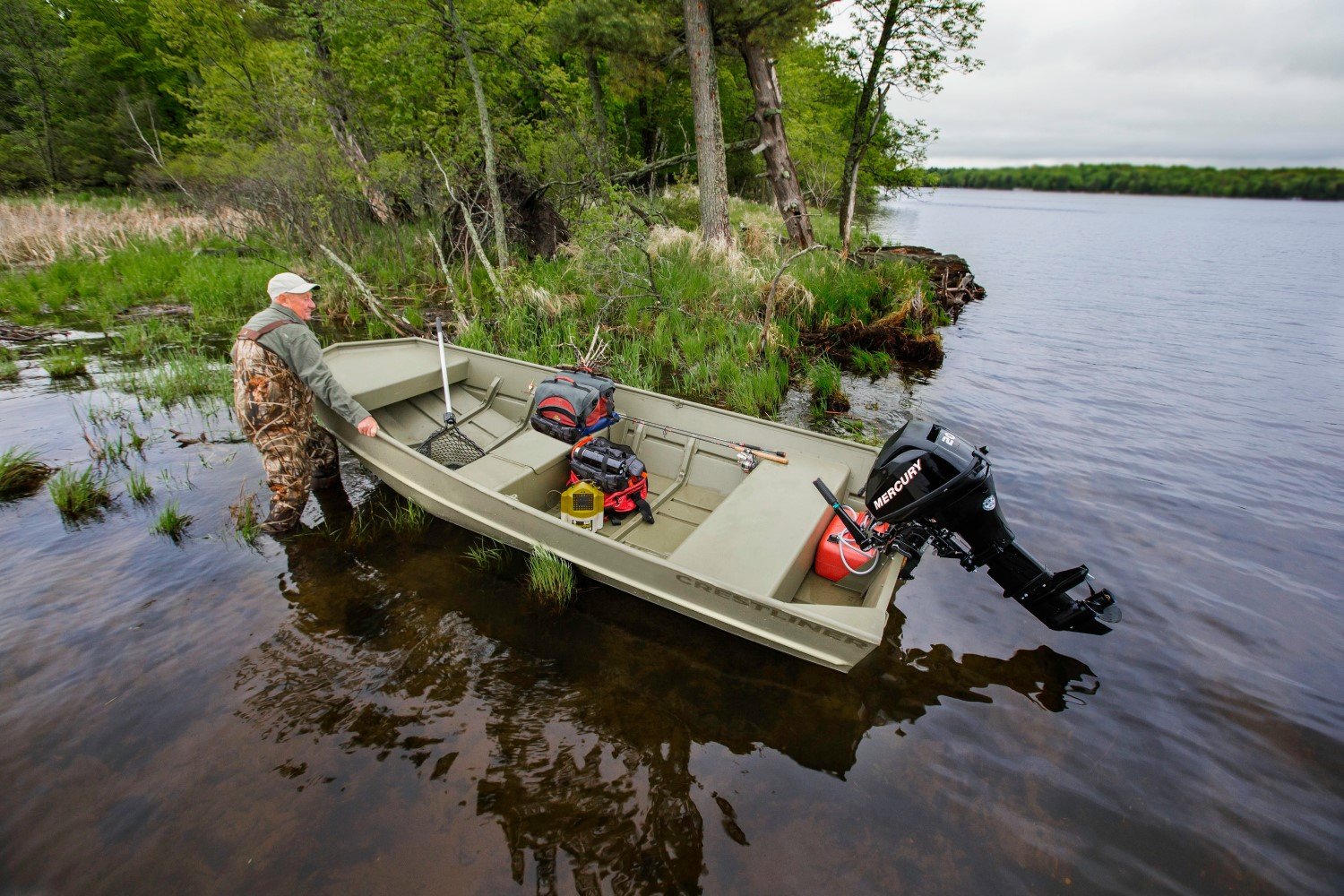
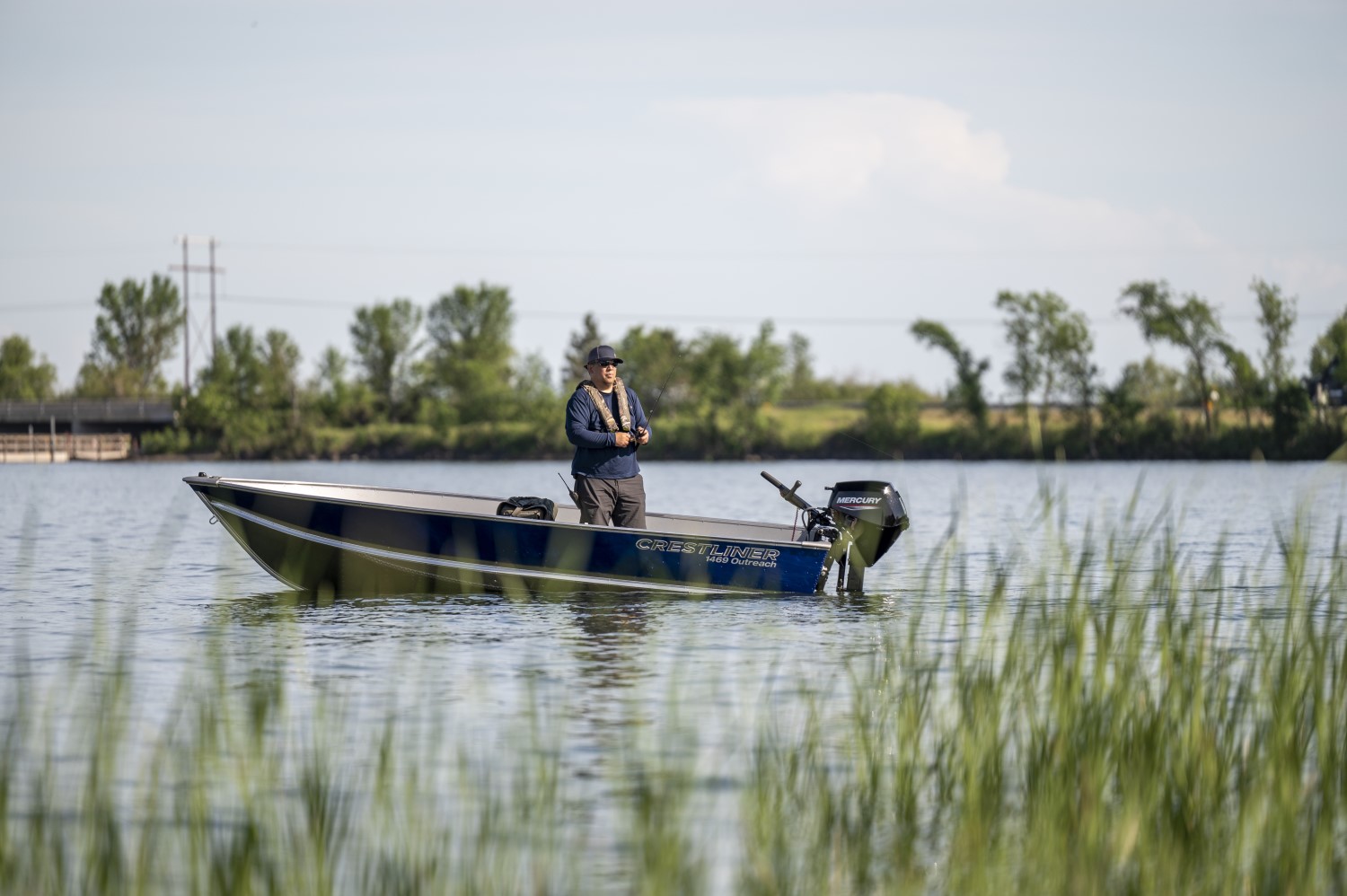
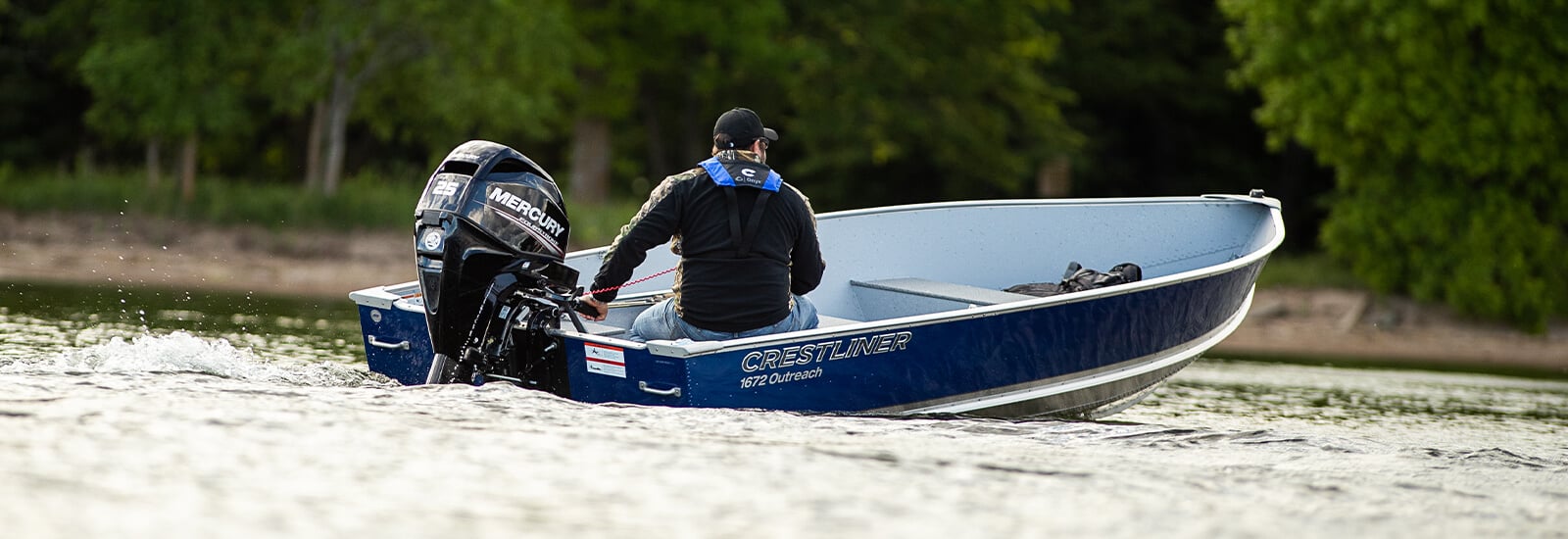
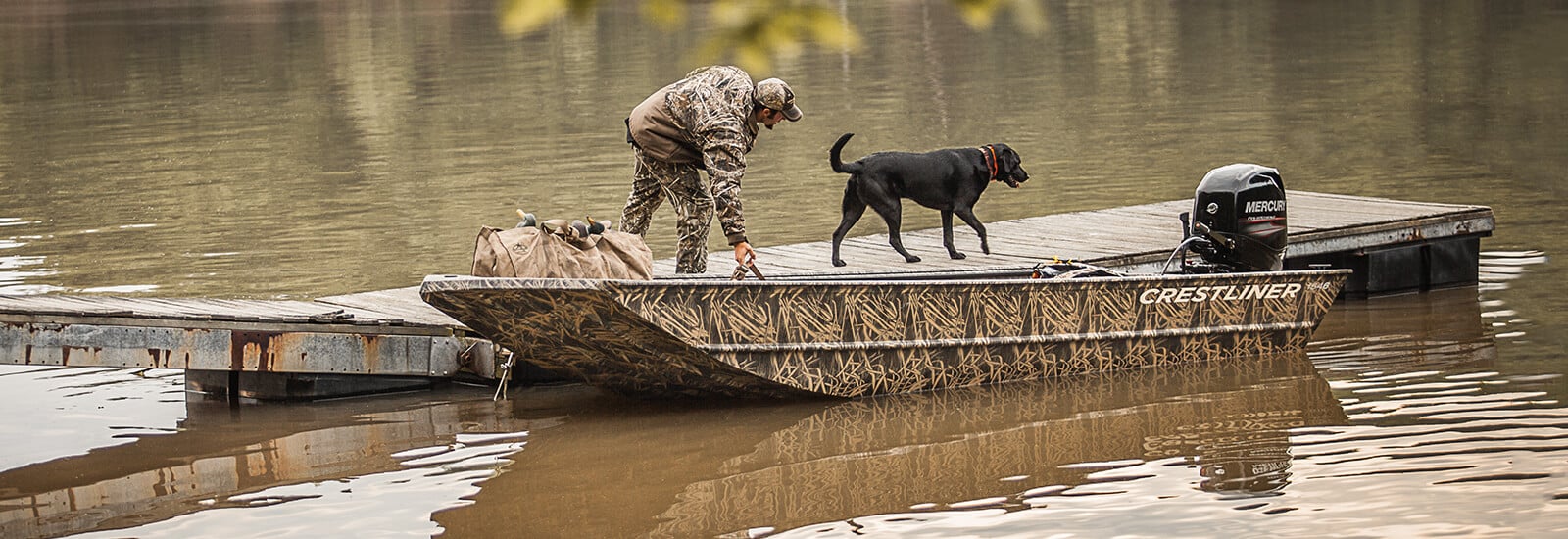


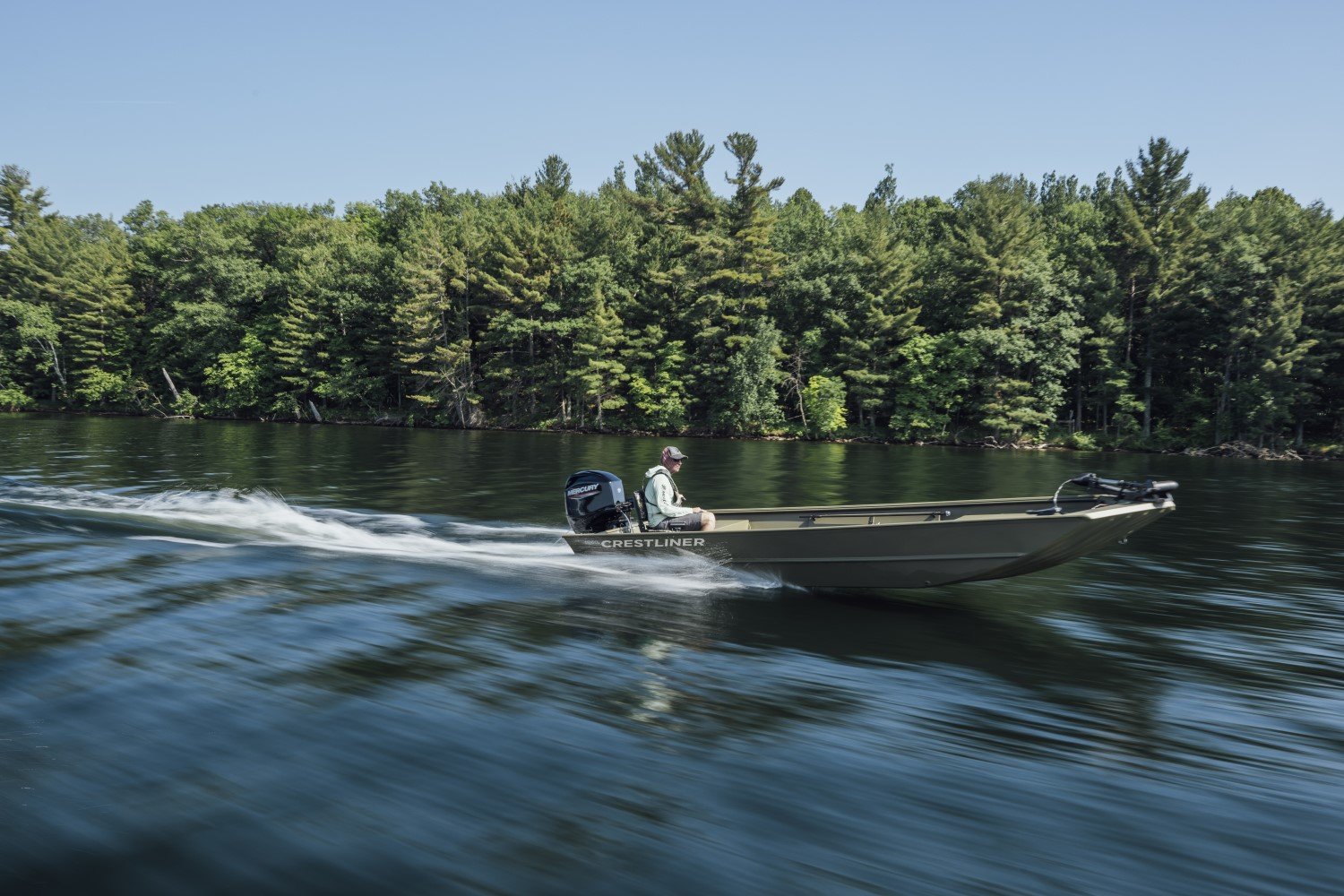
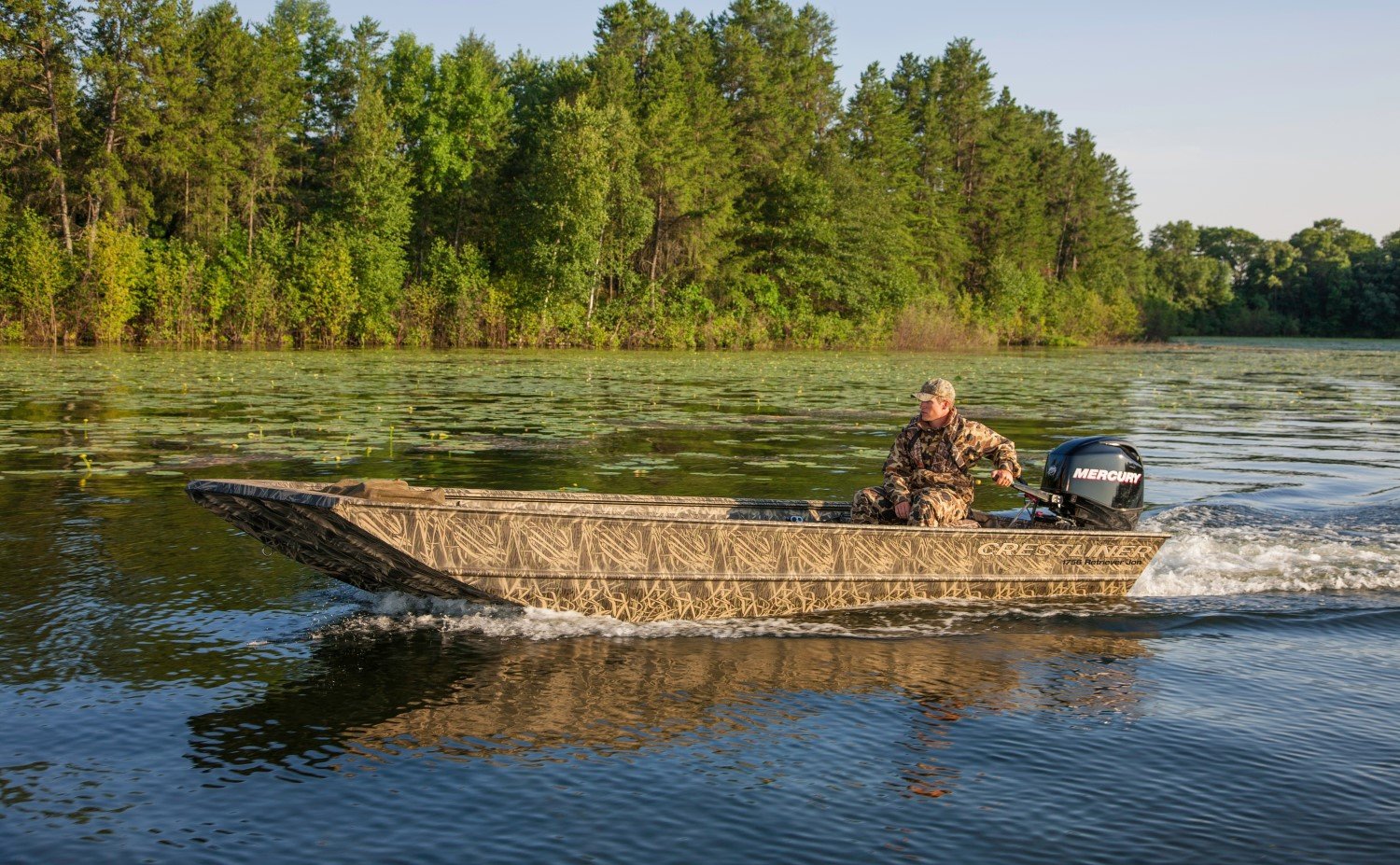
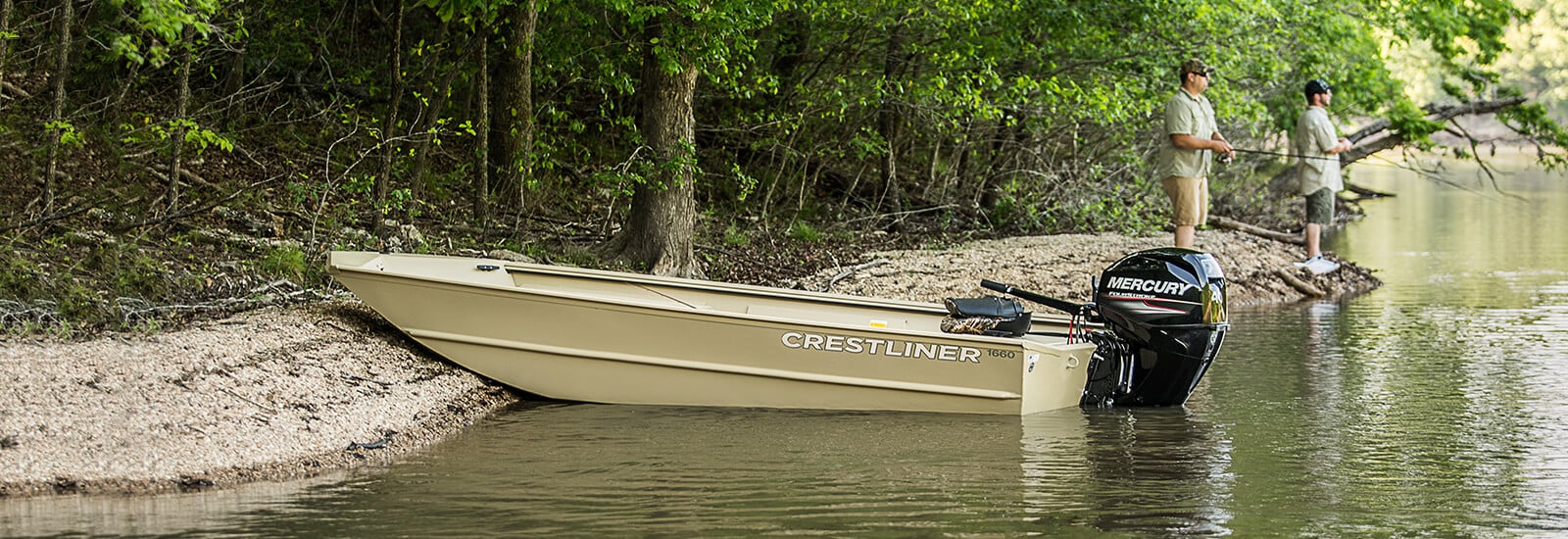
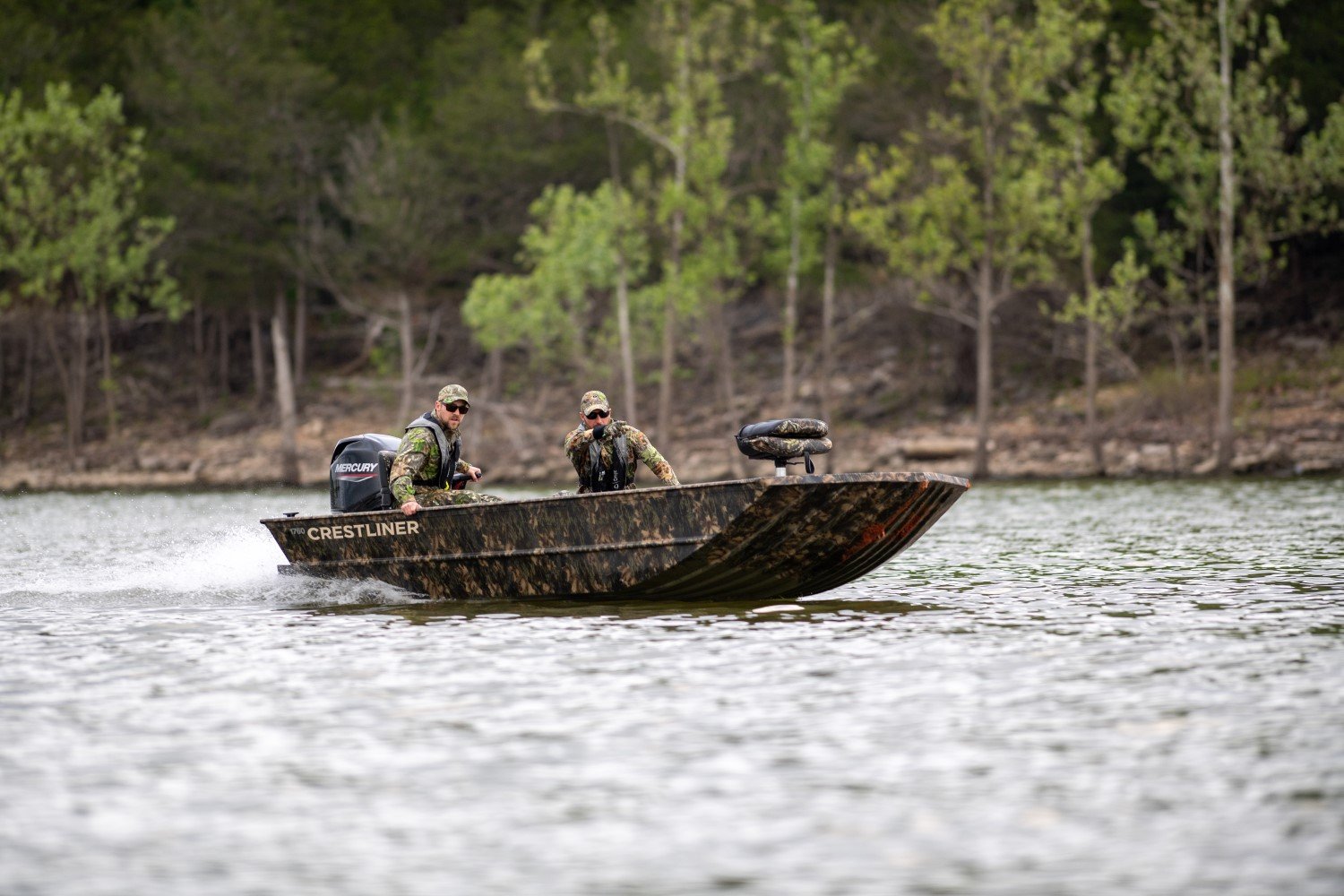
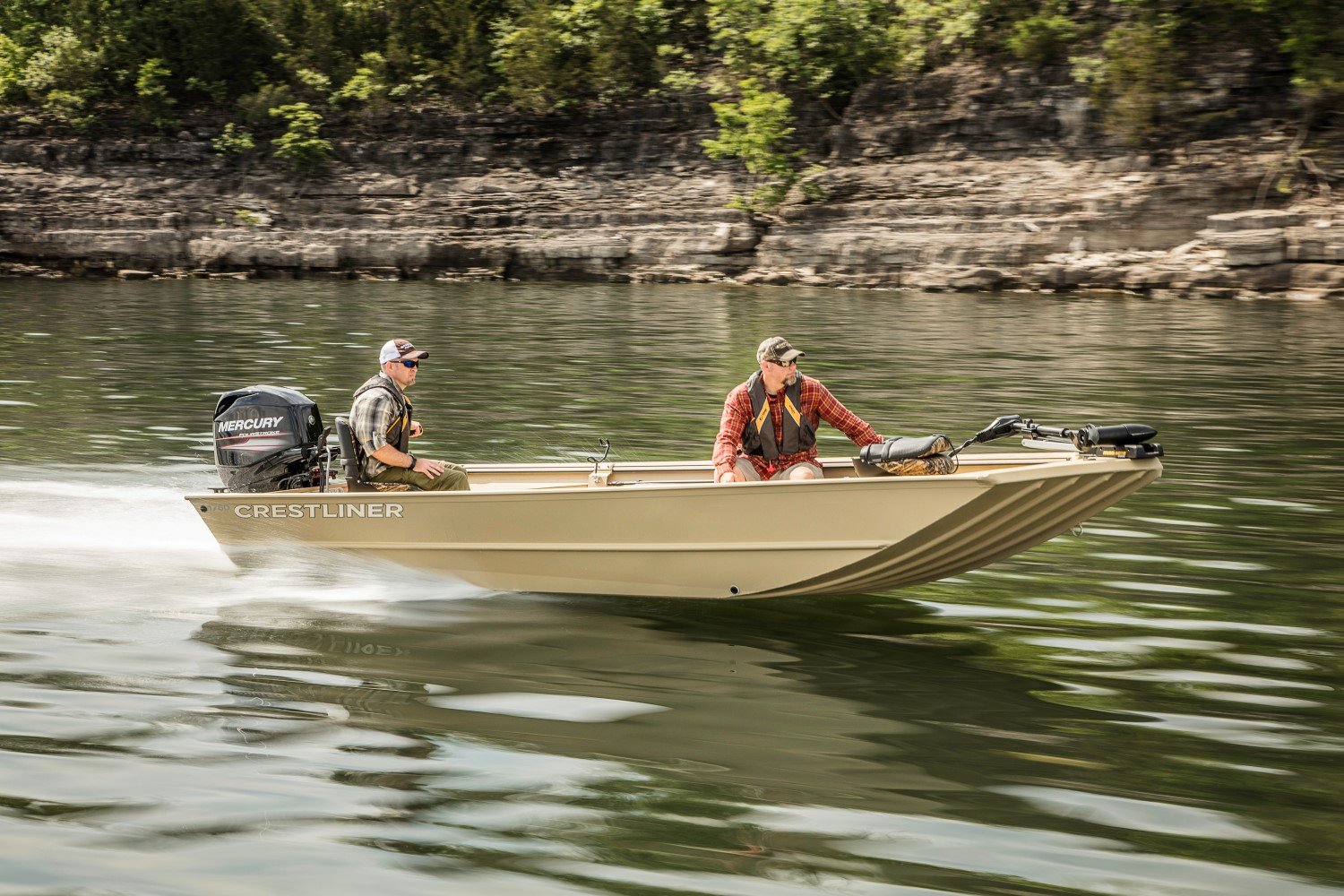

?$H-1366-565-D$&fit=crop&fmt=jpg)